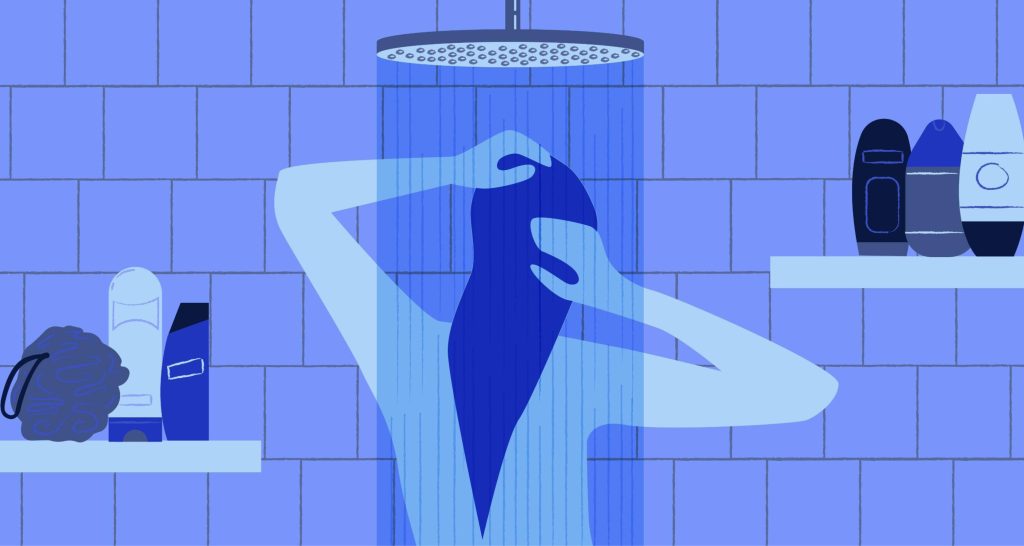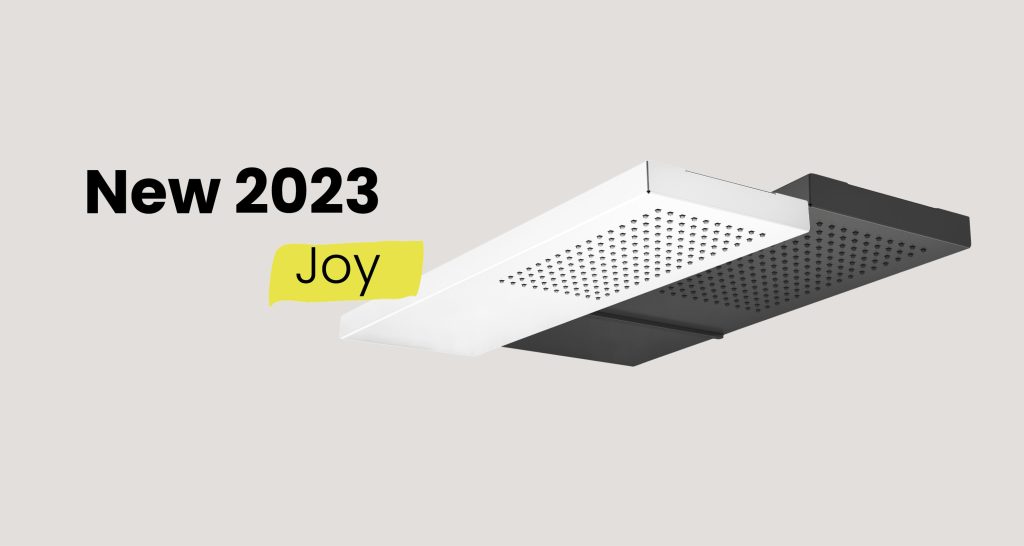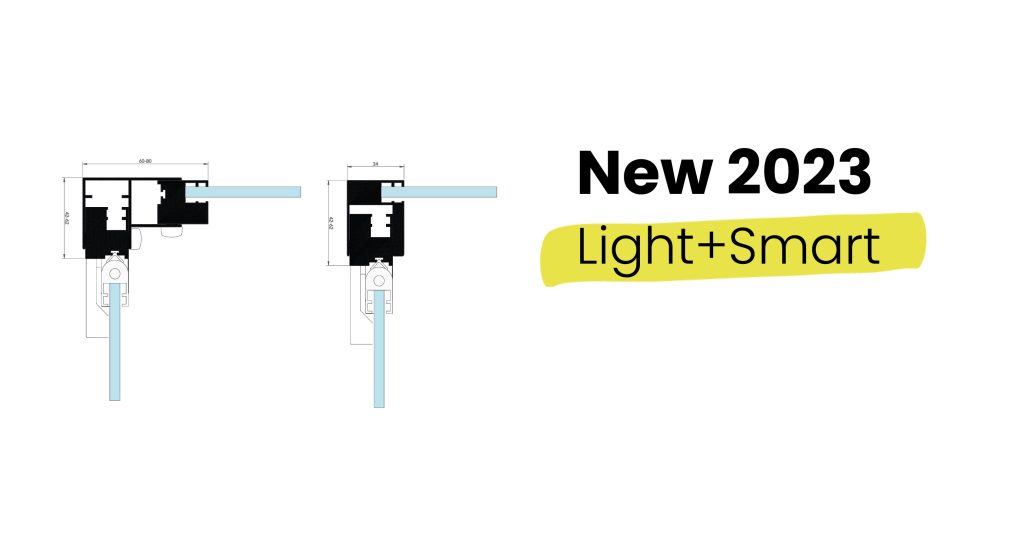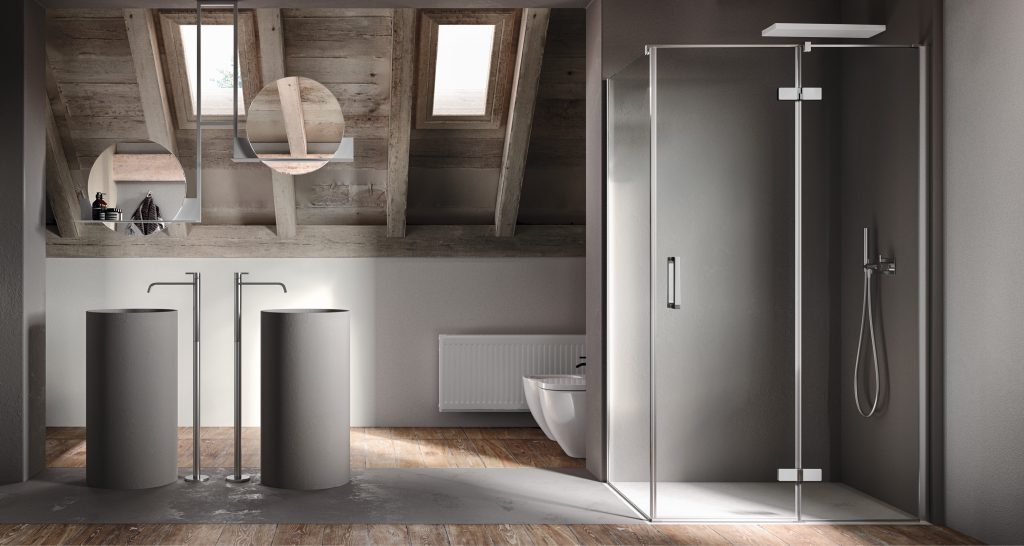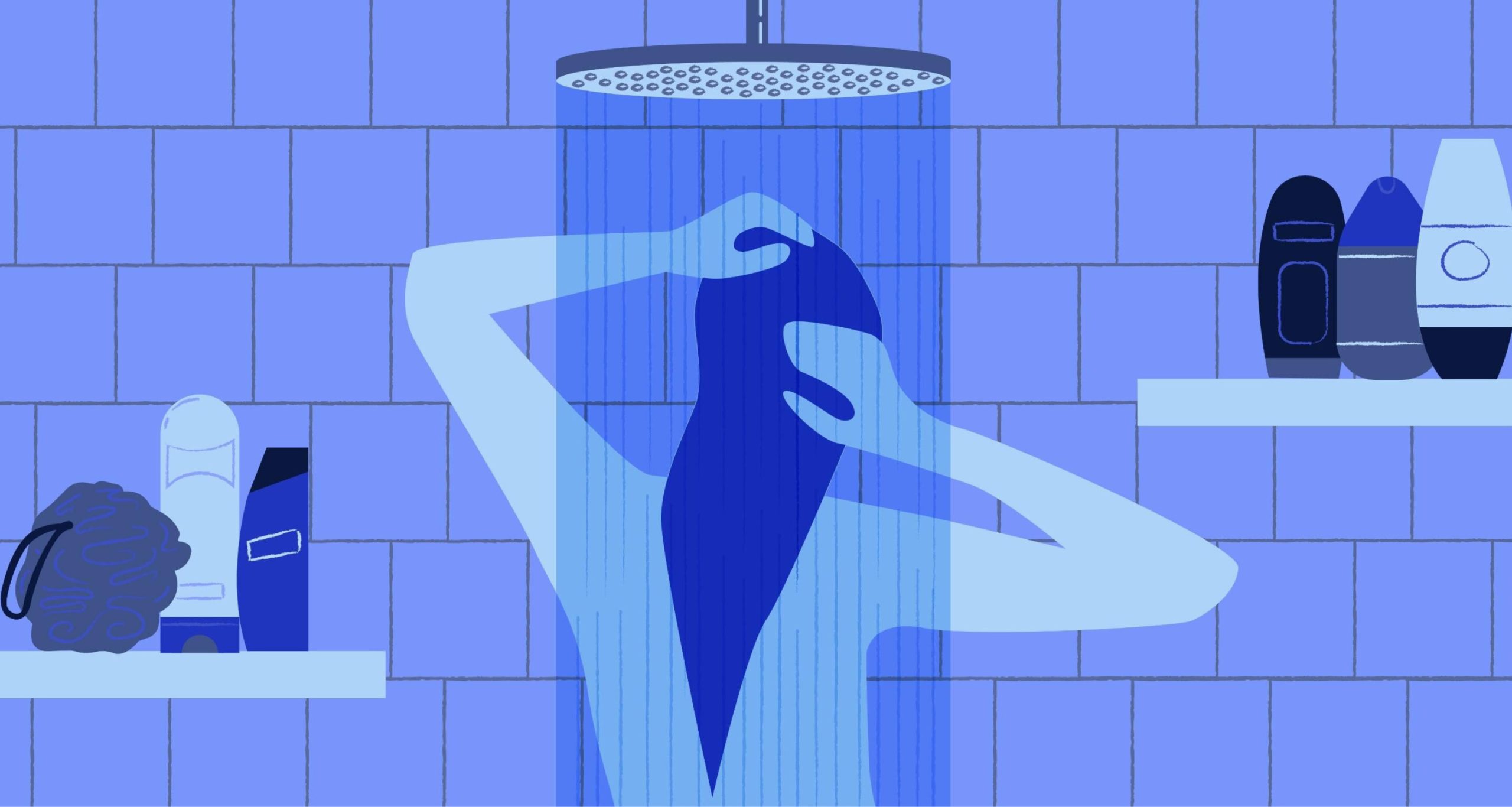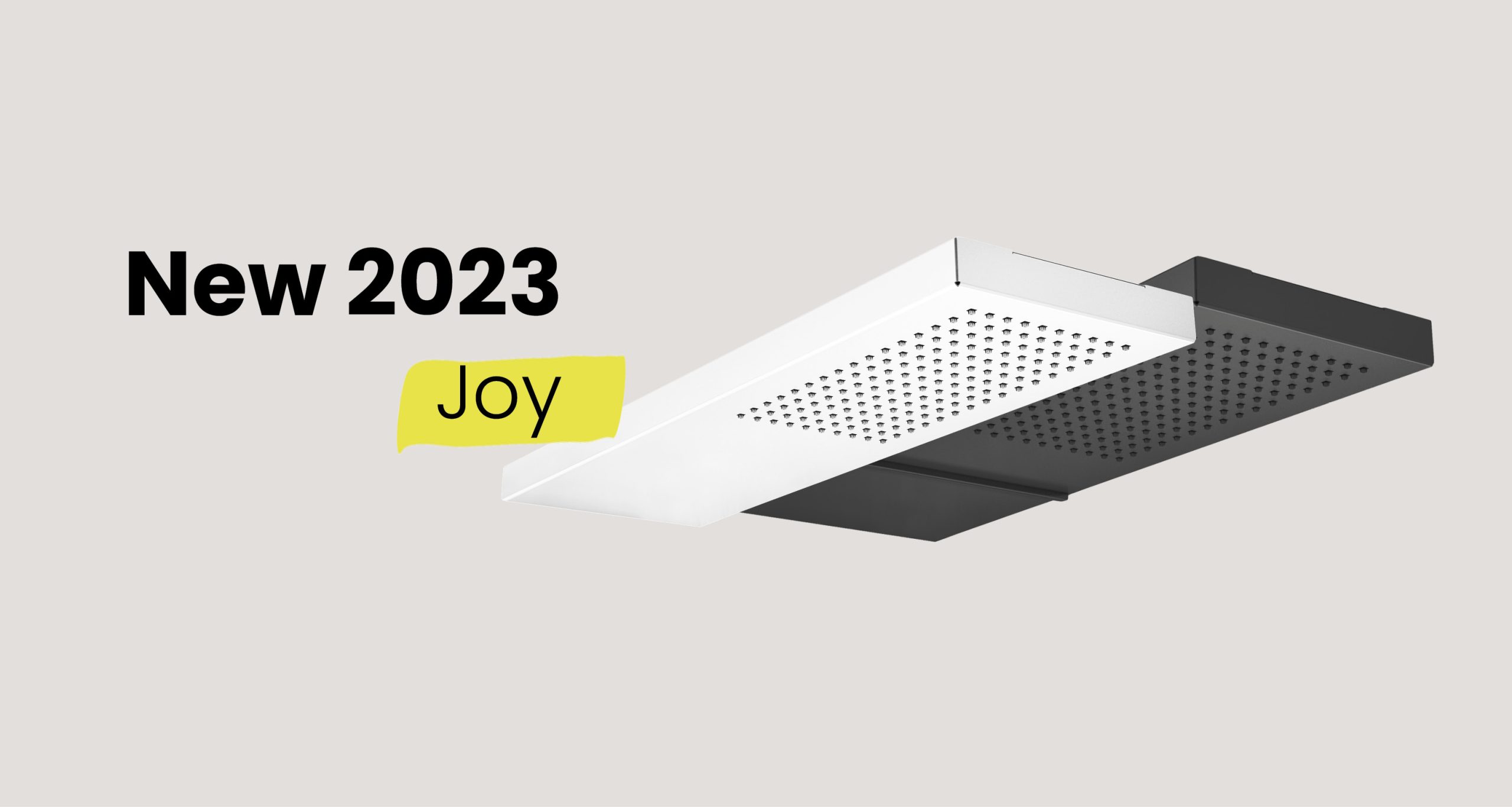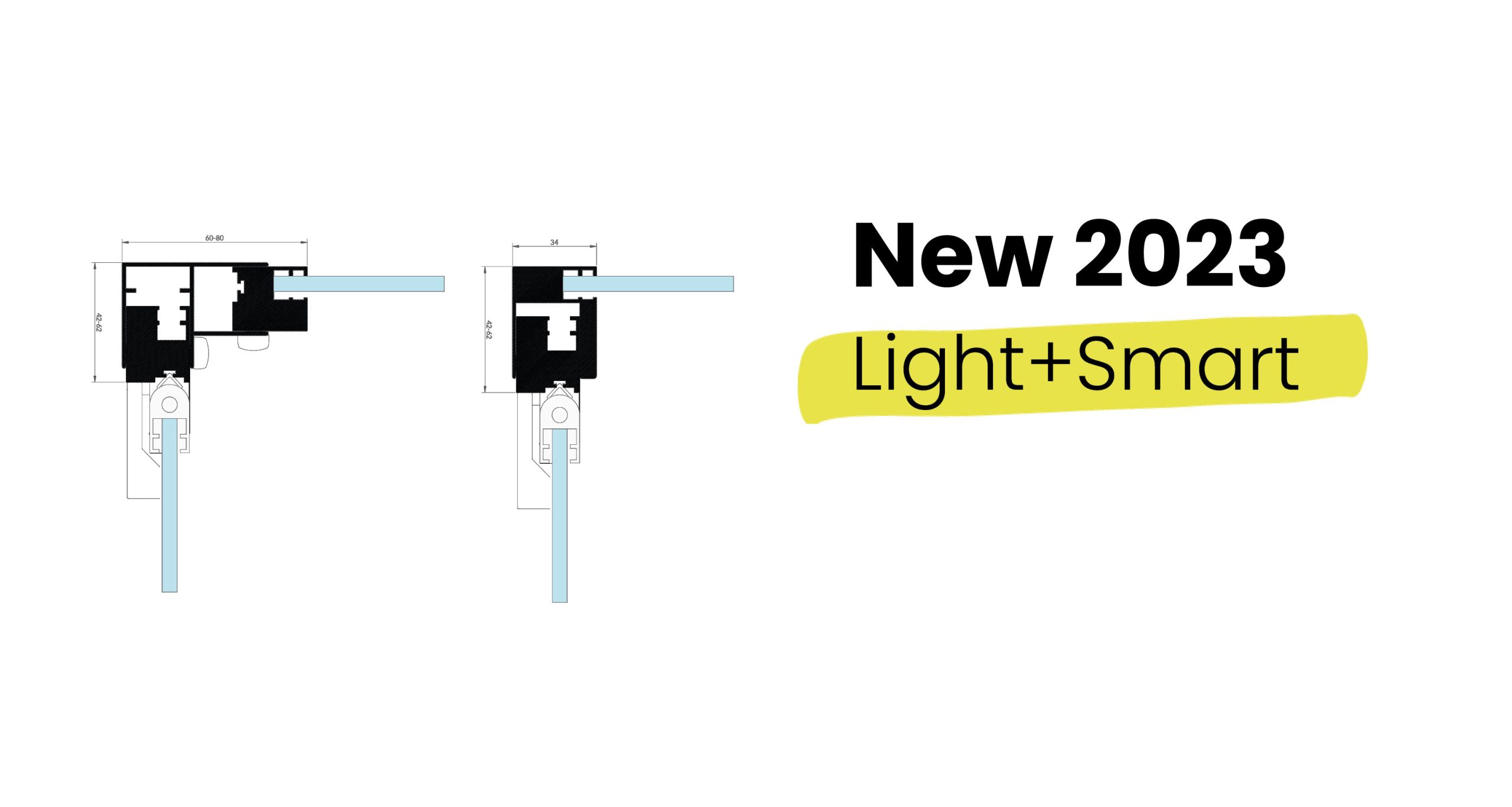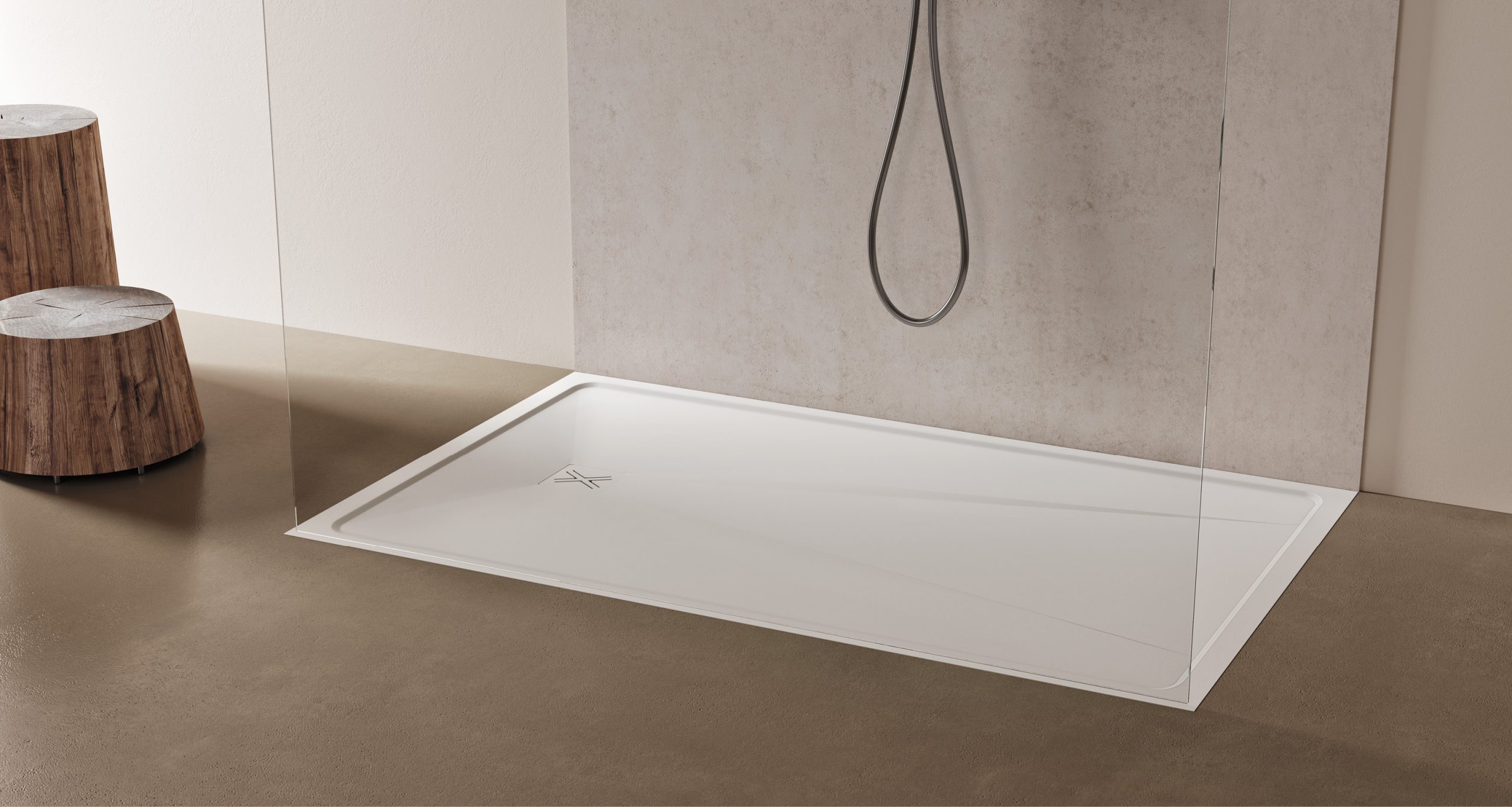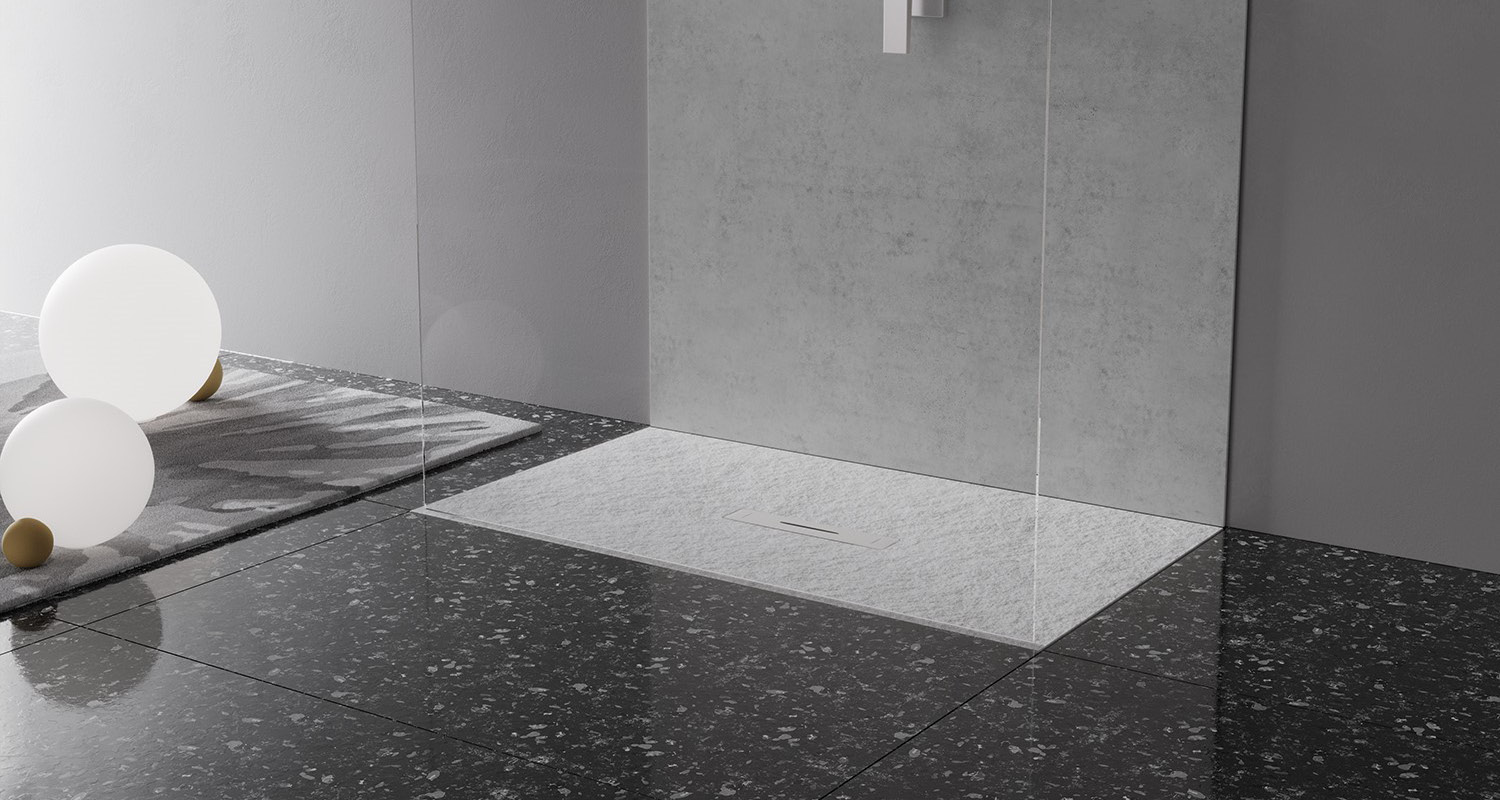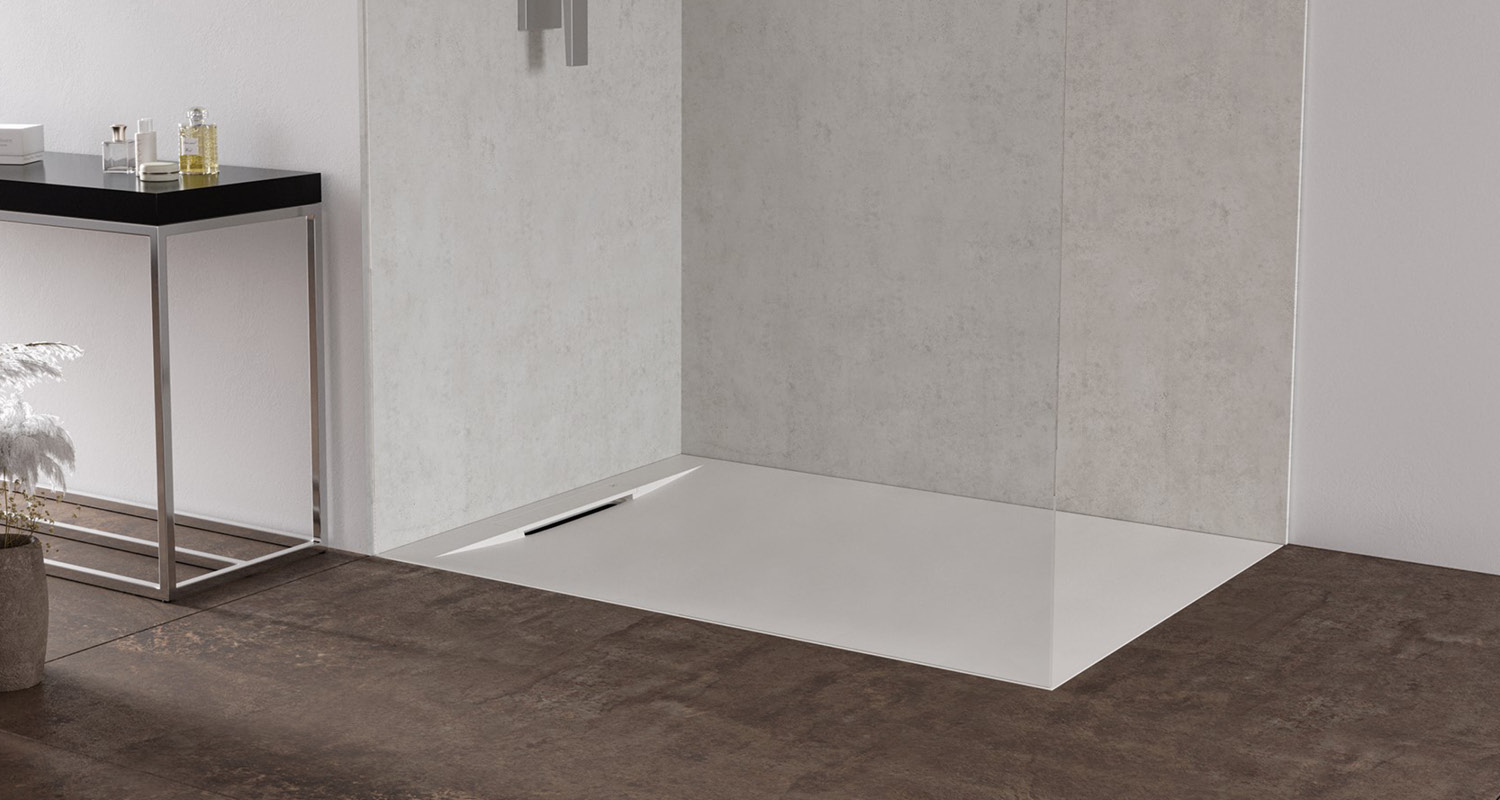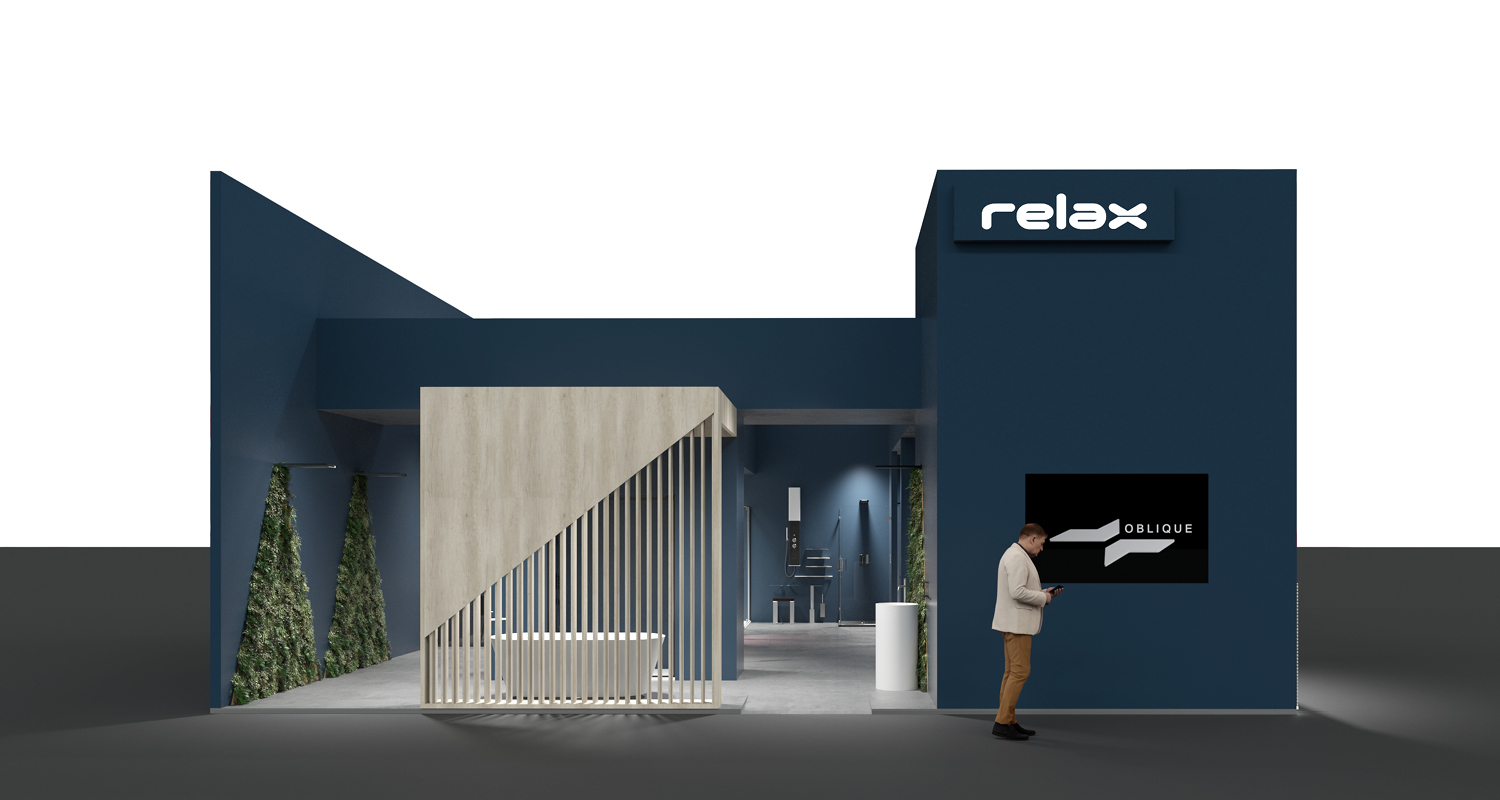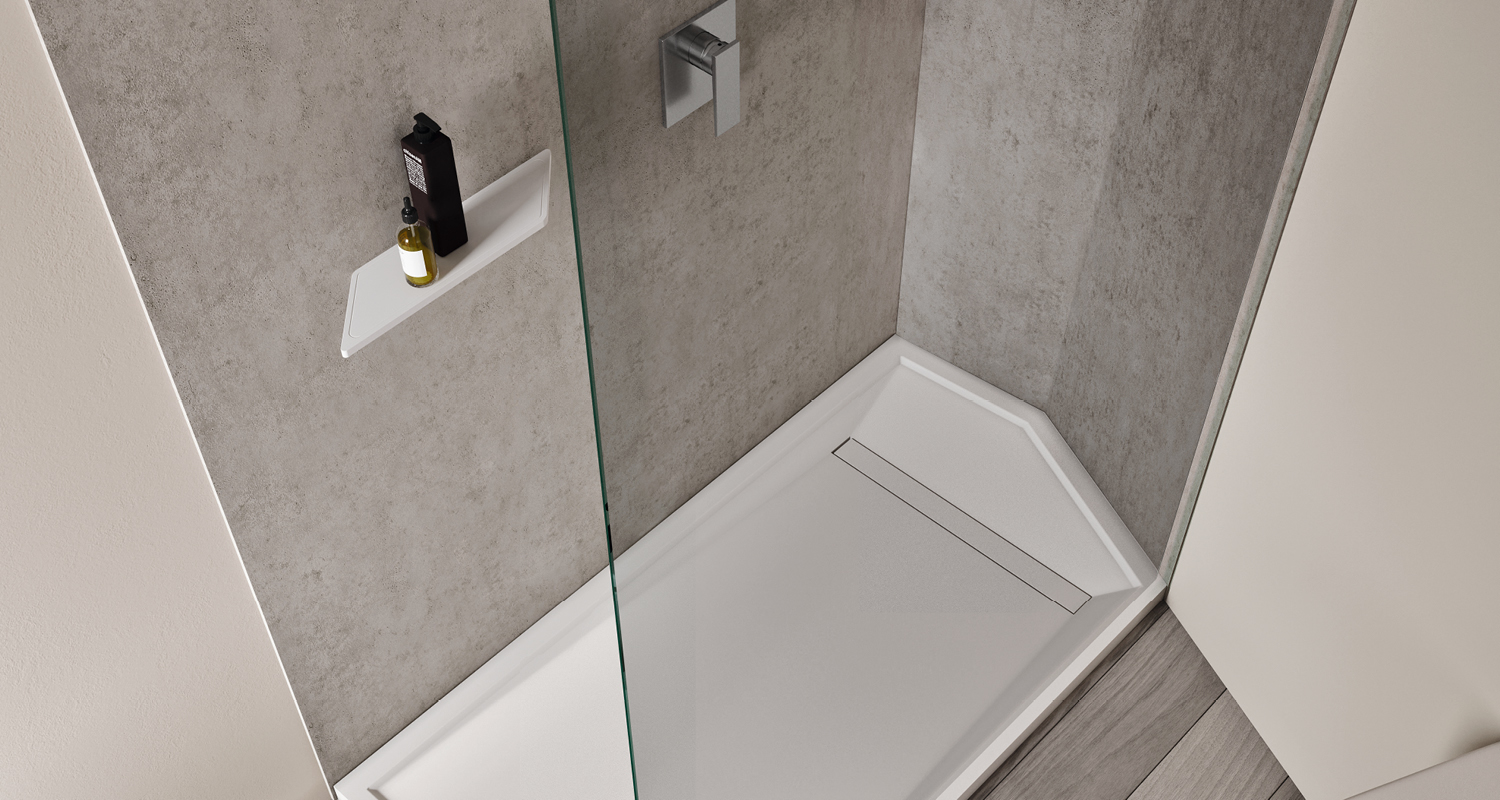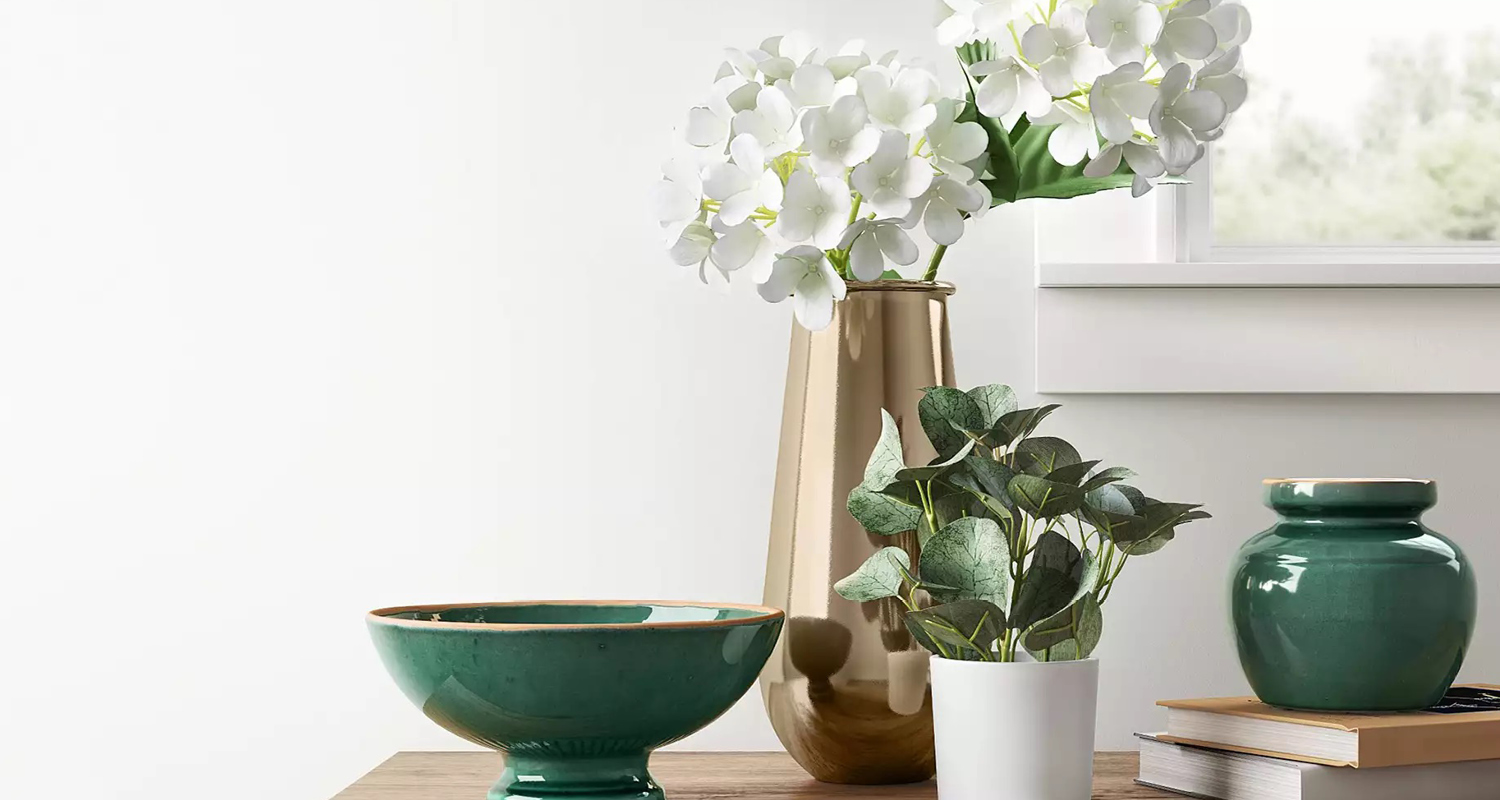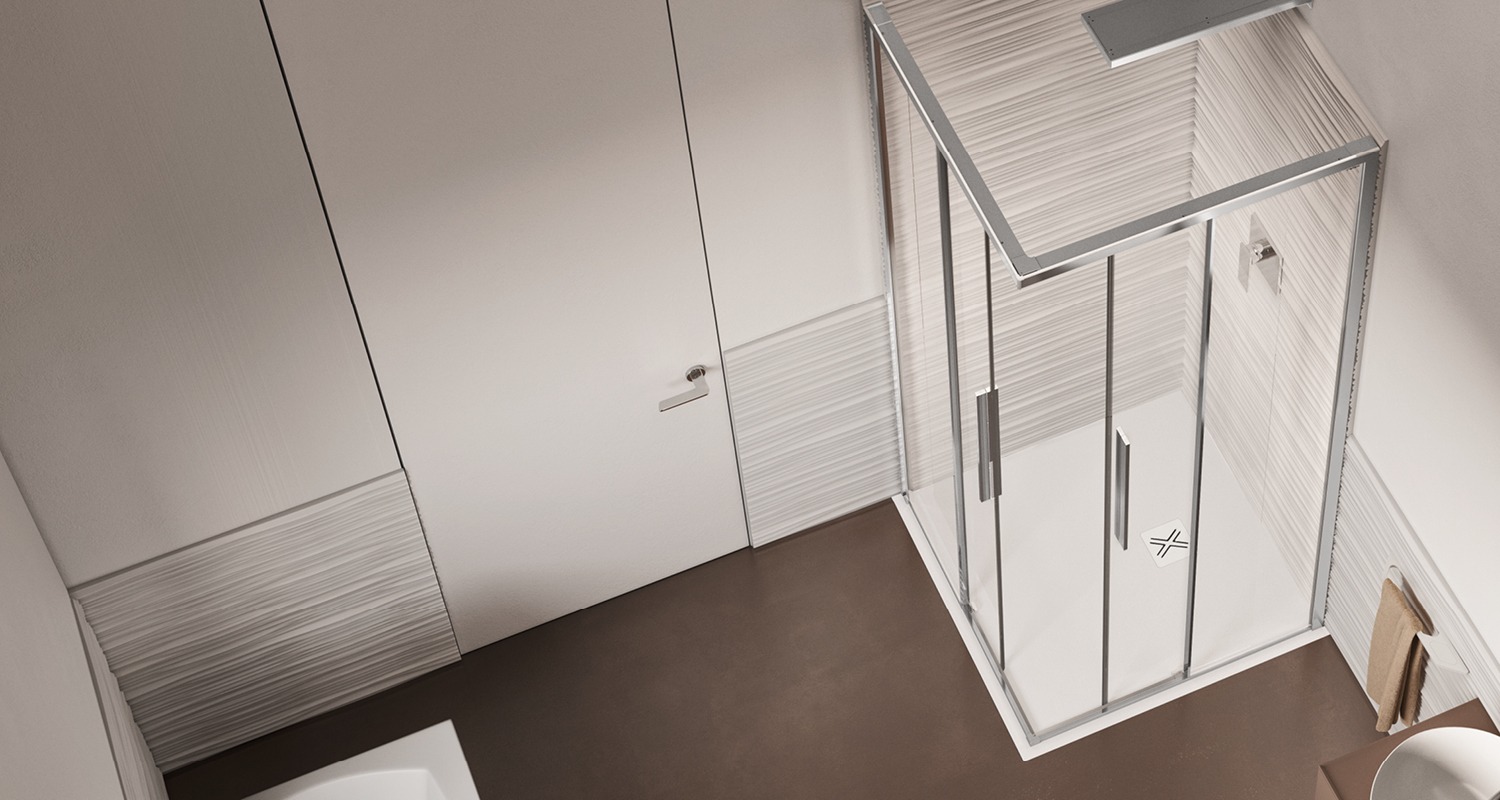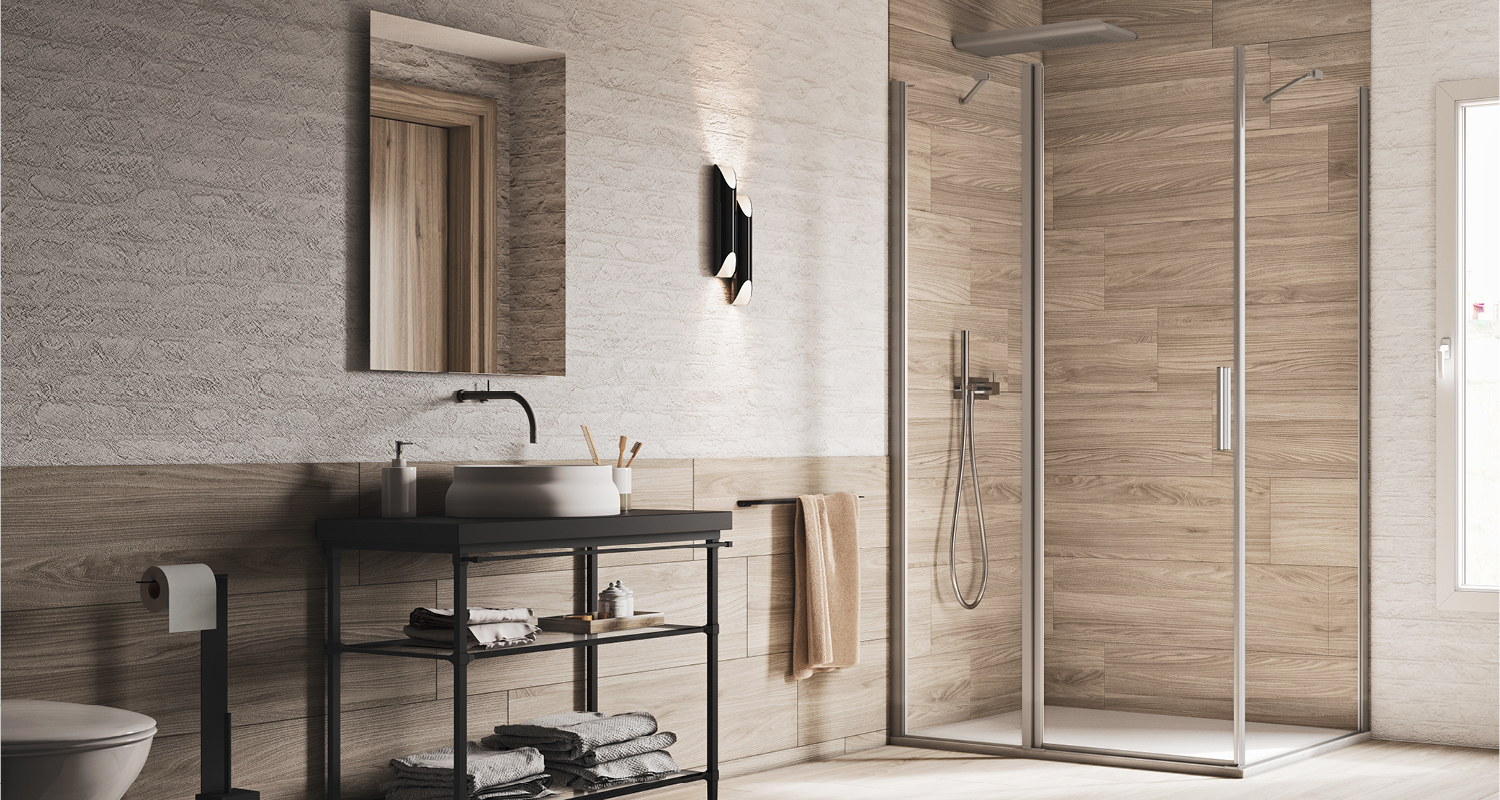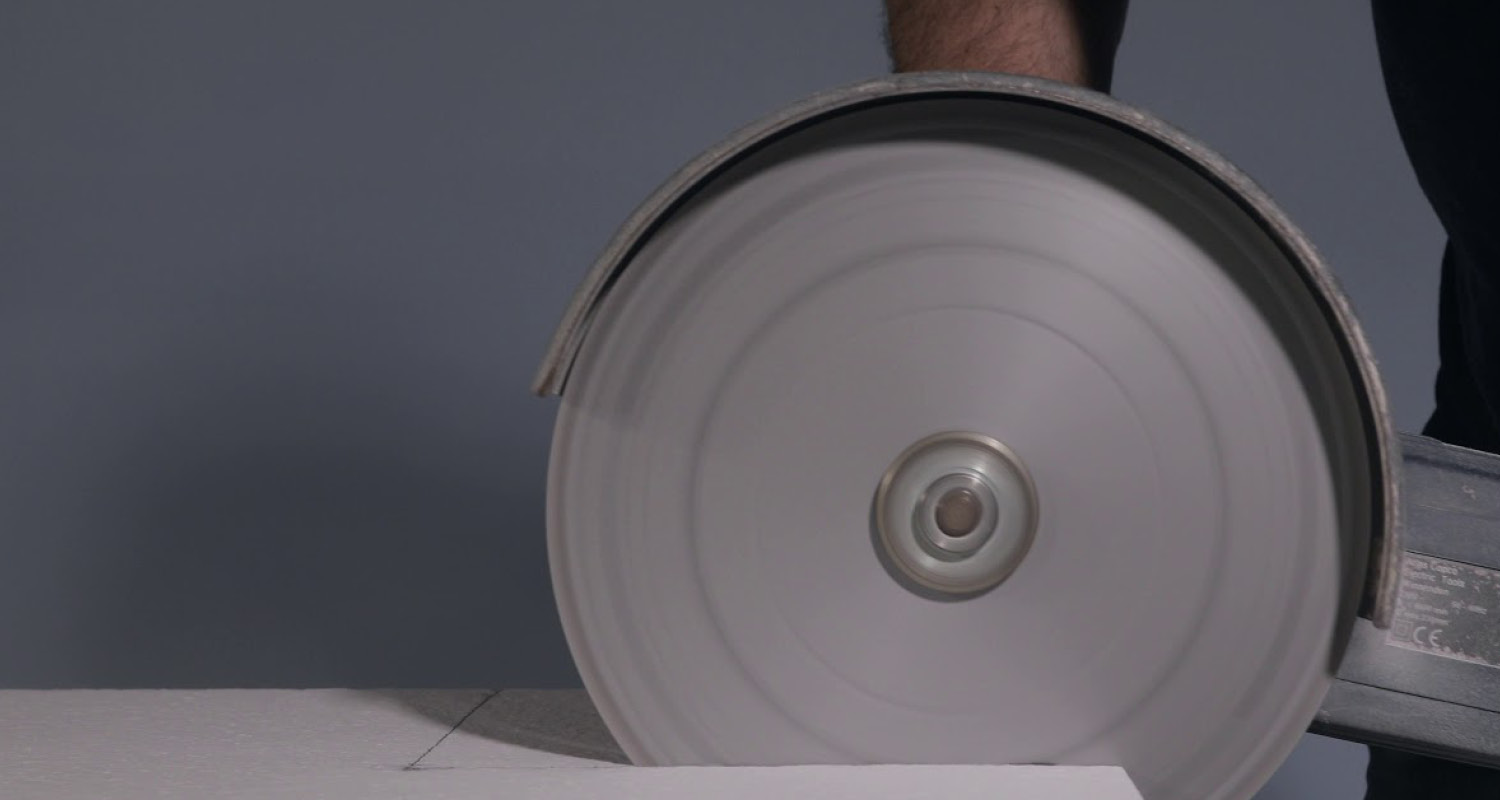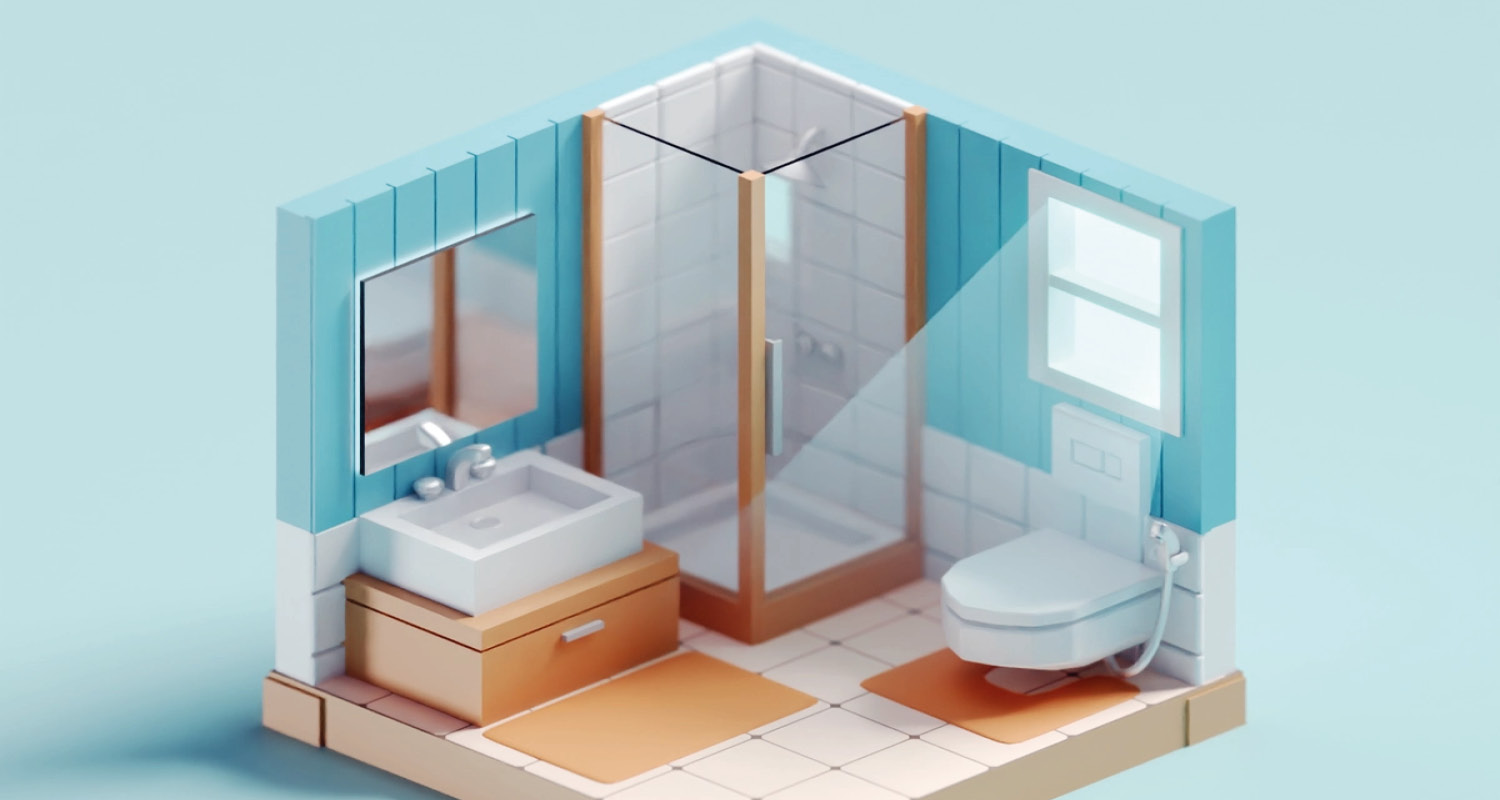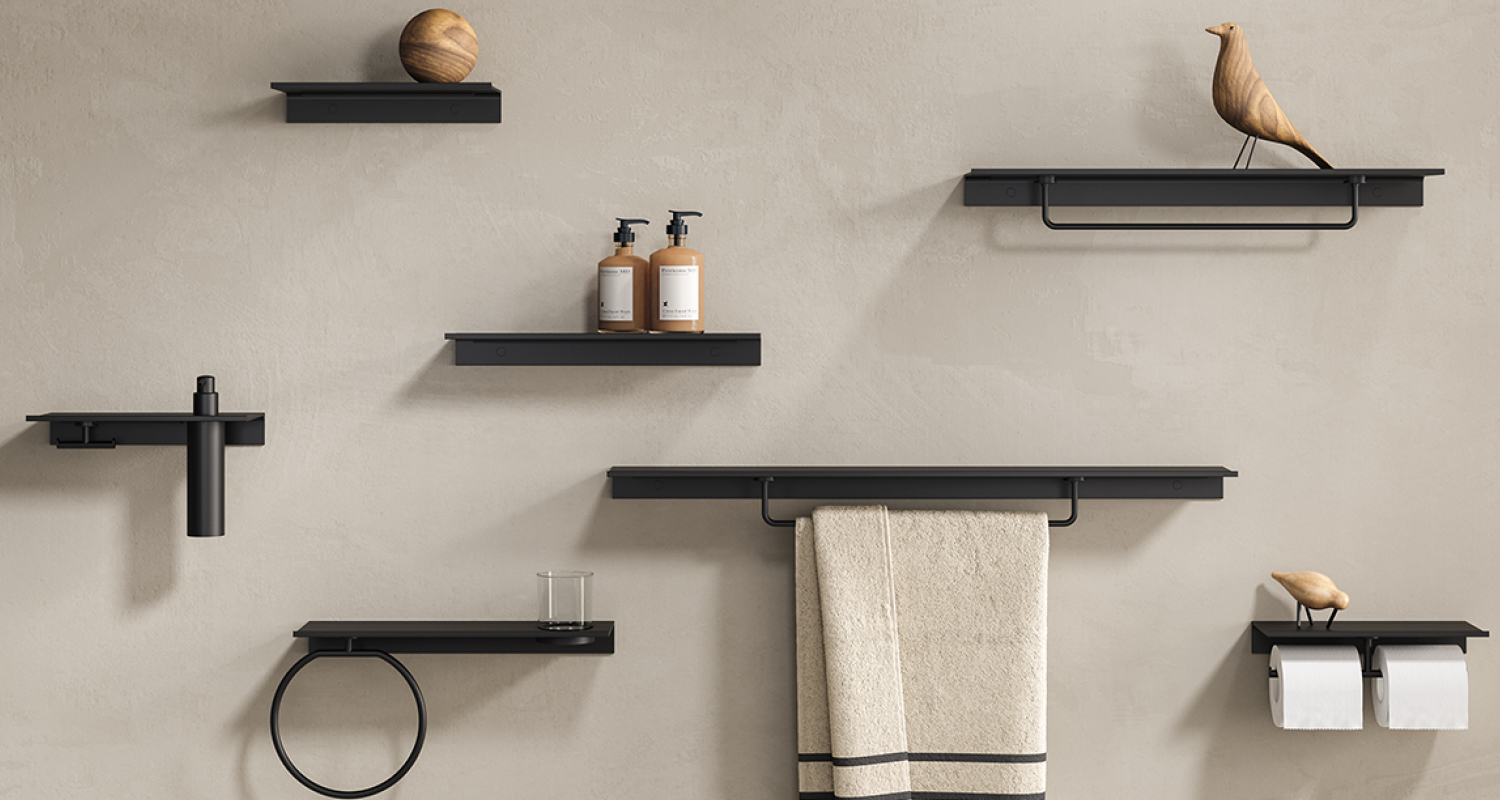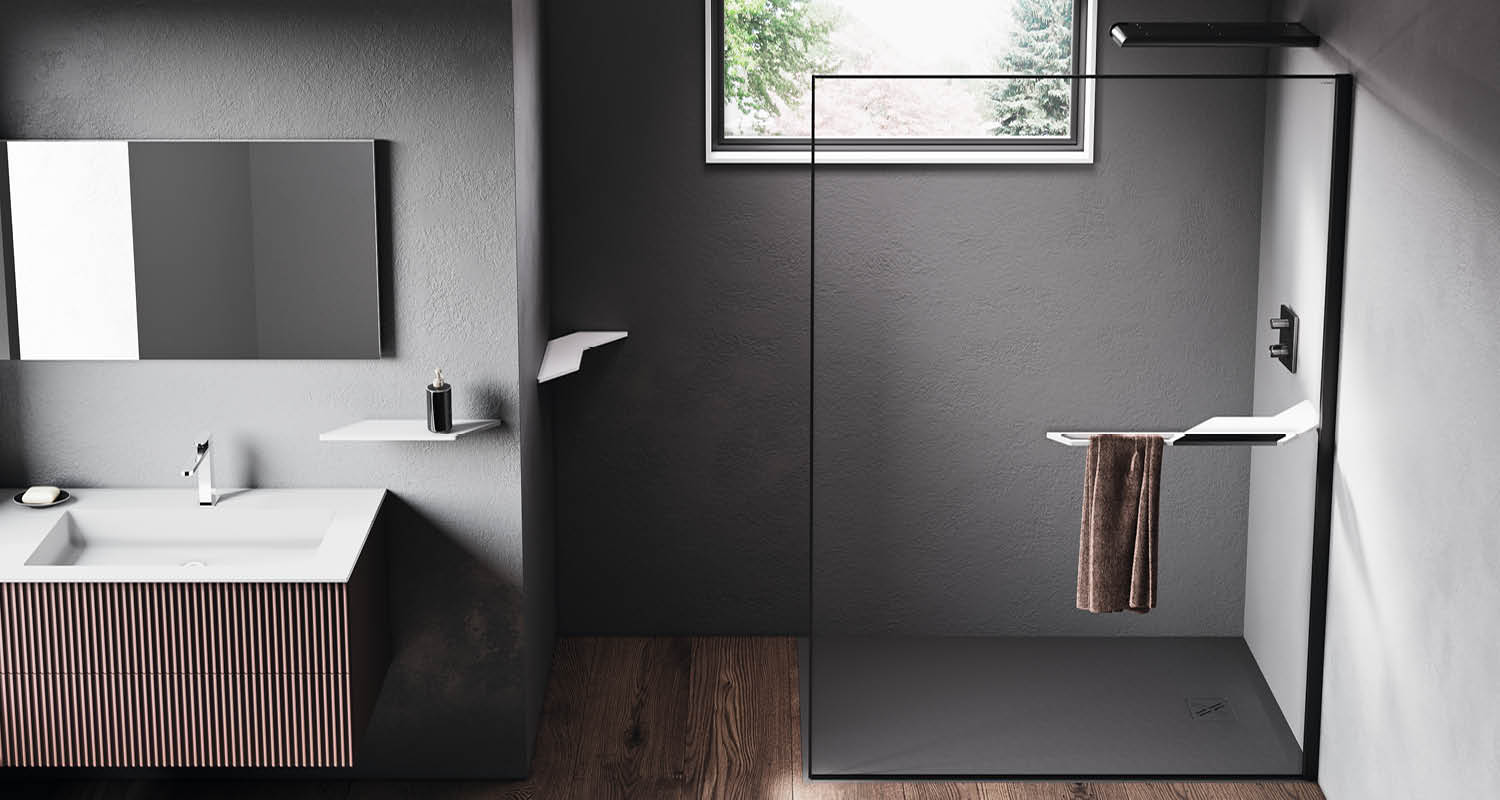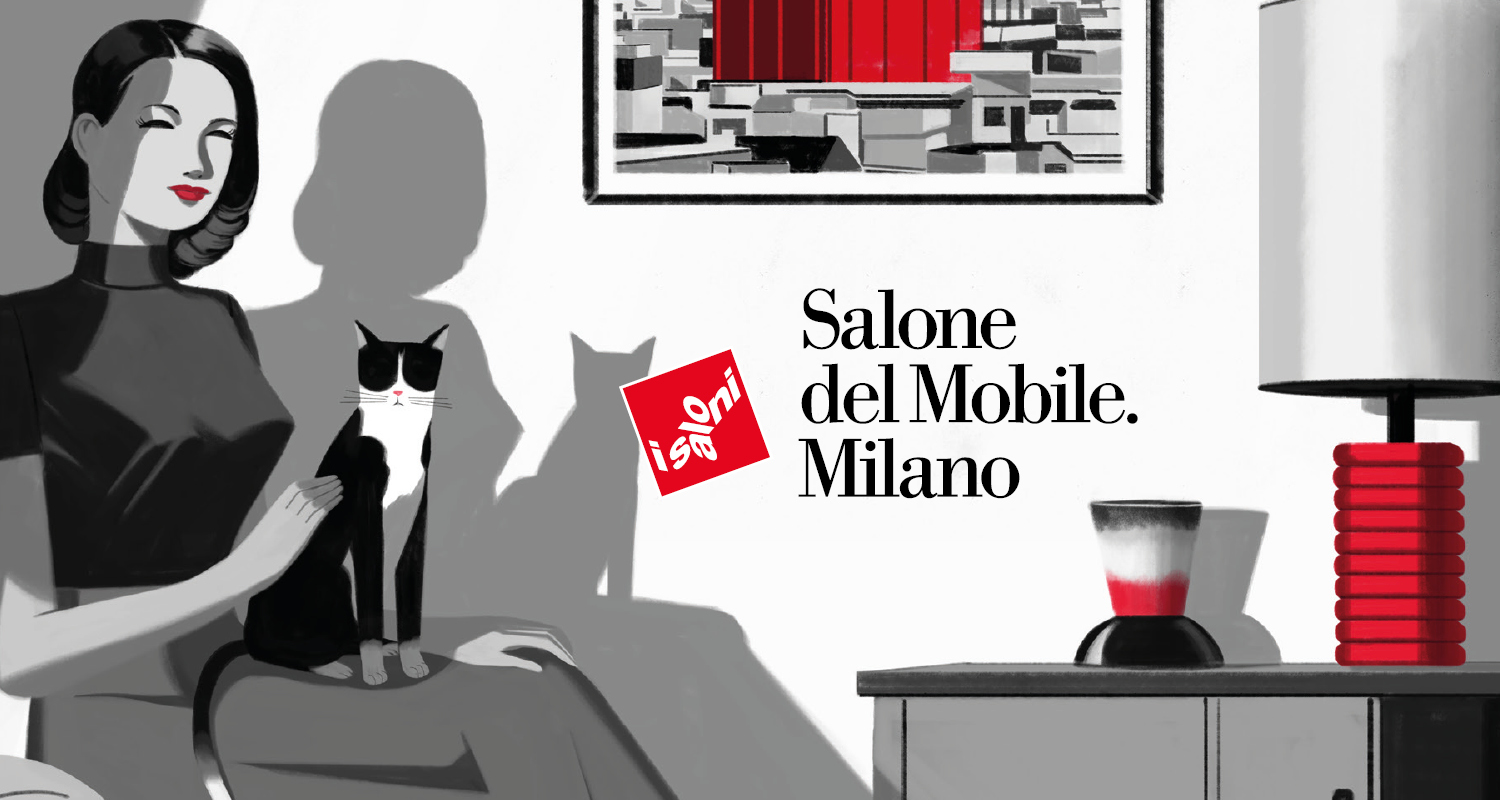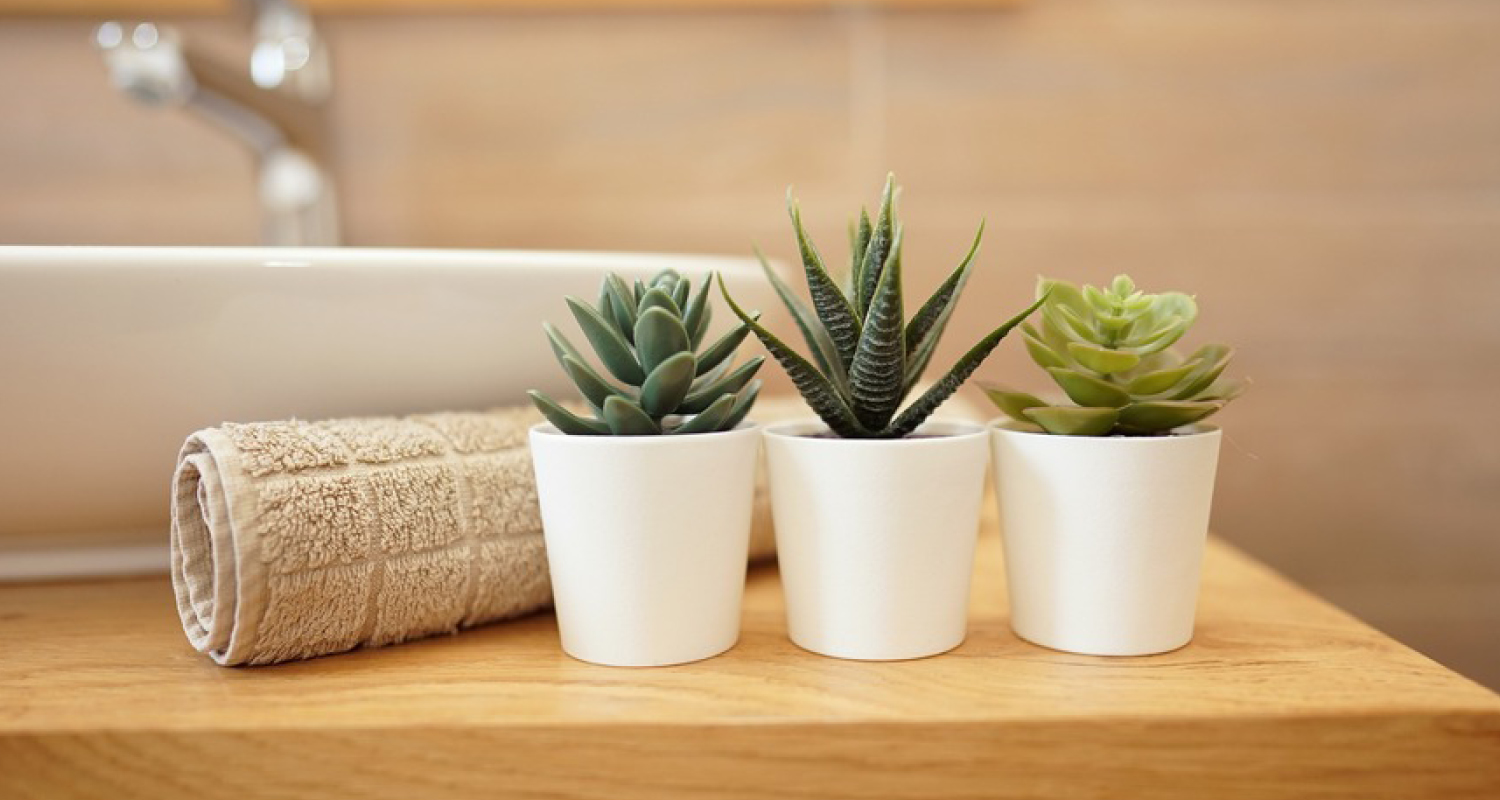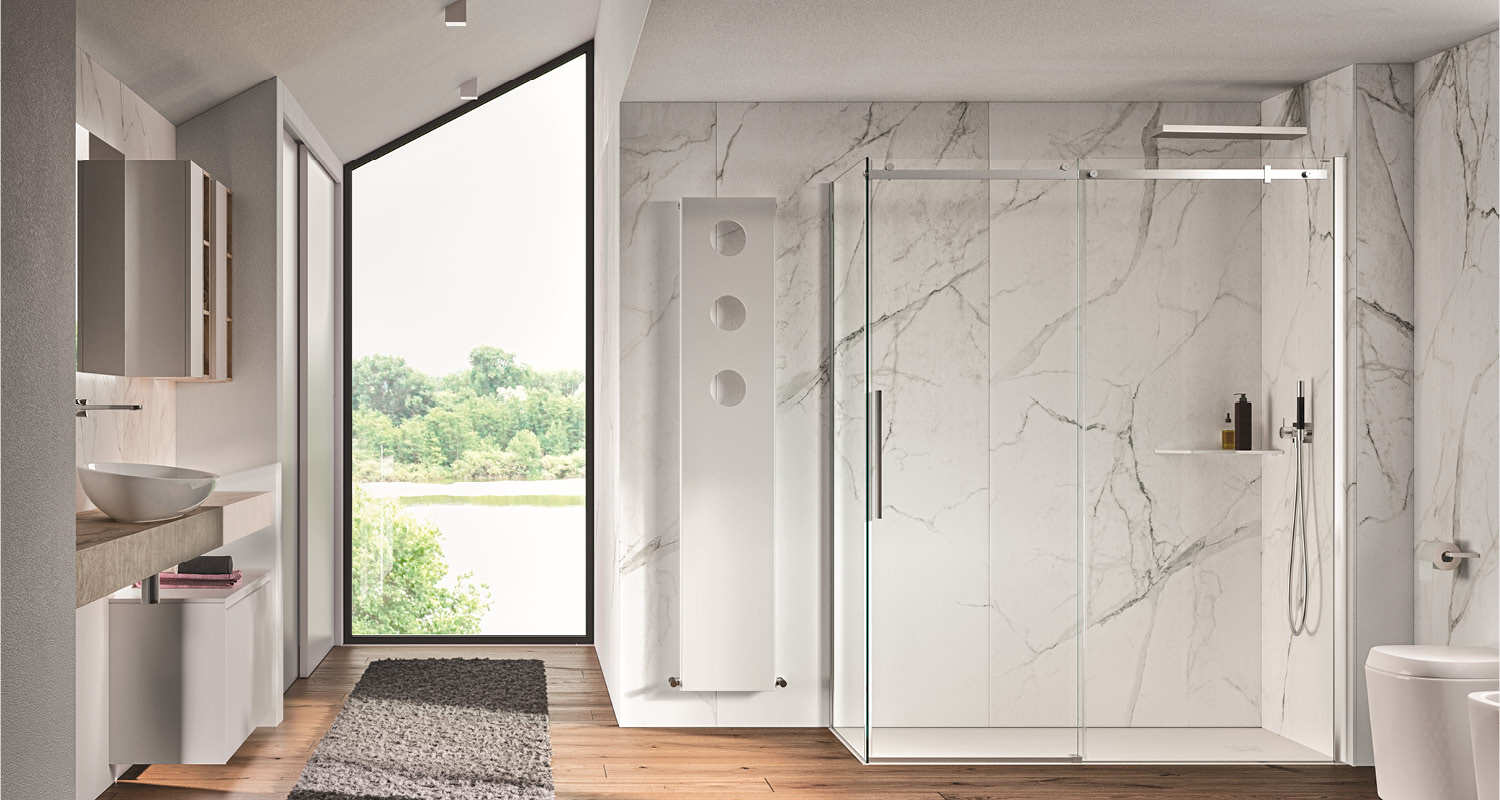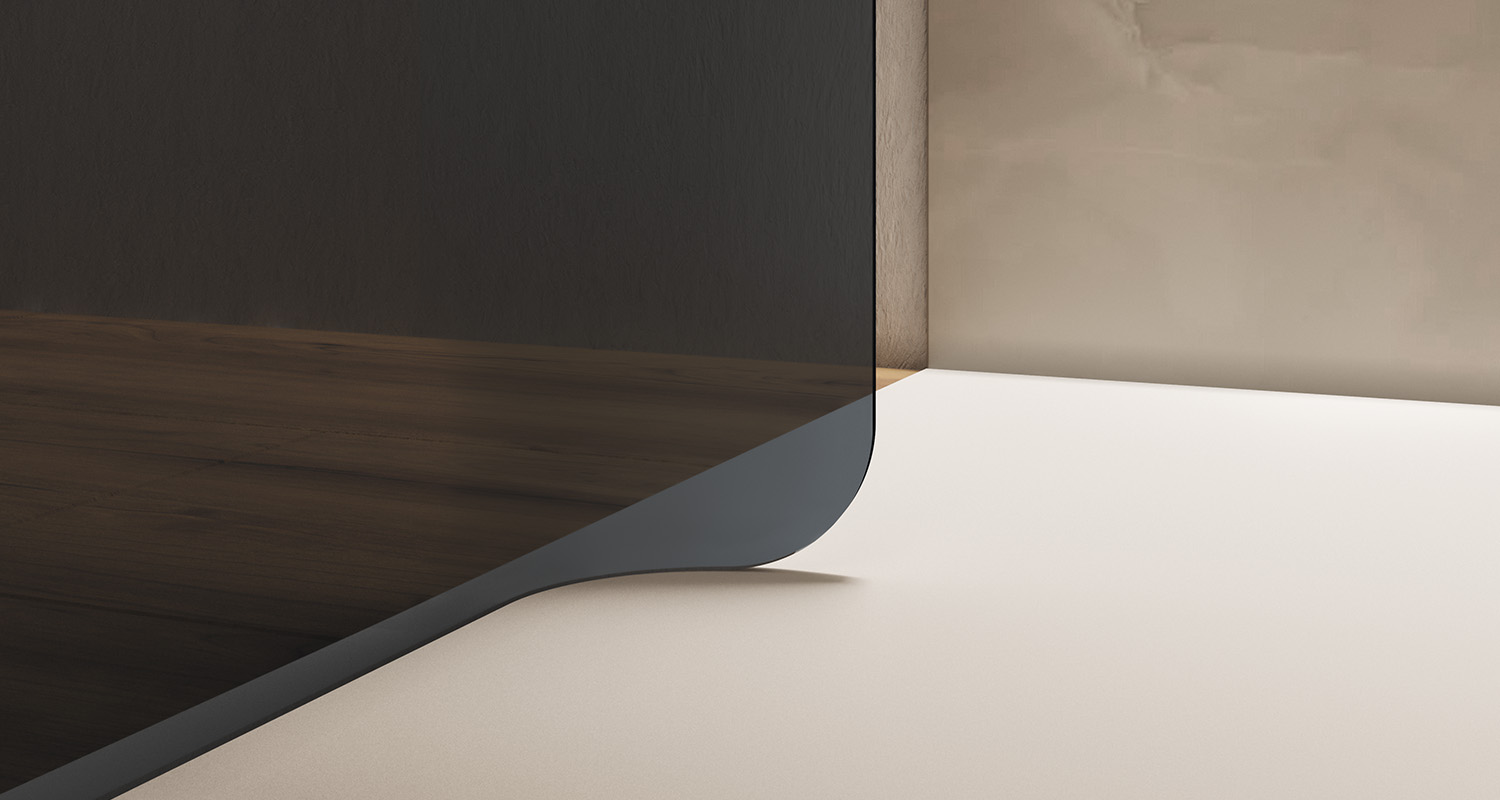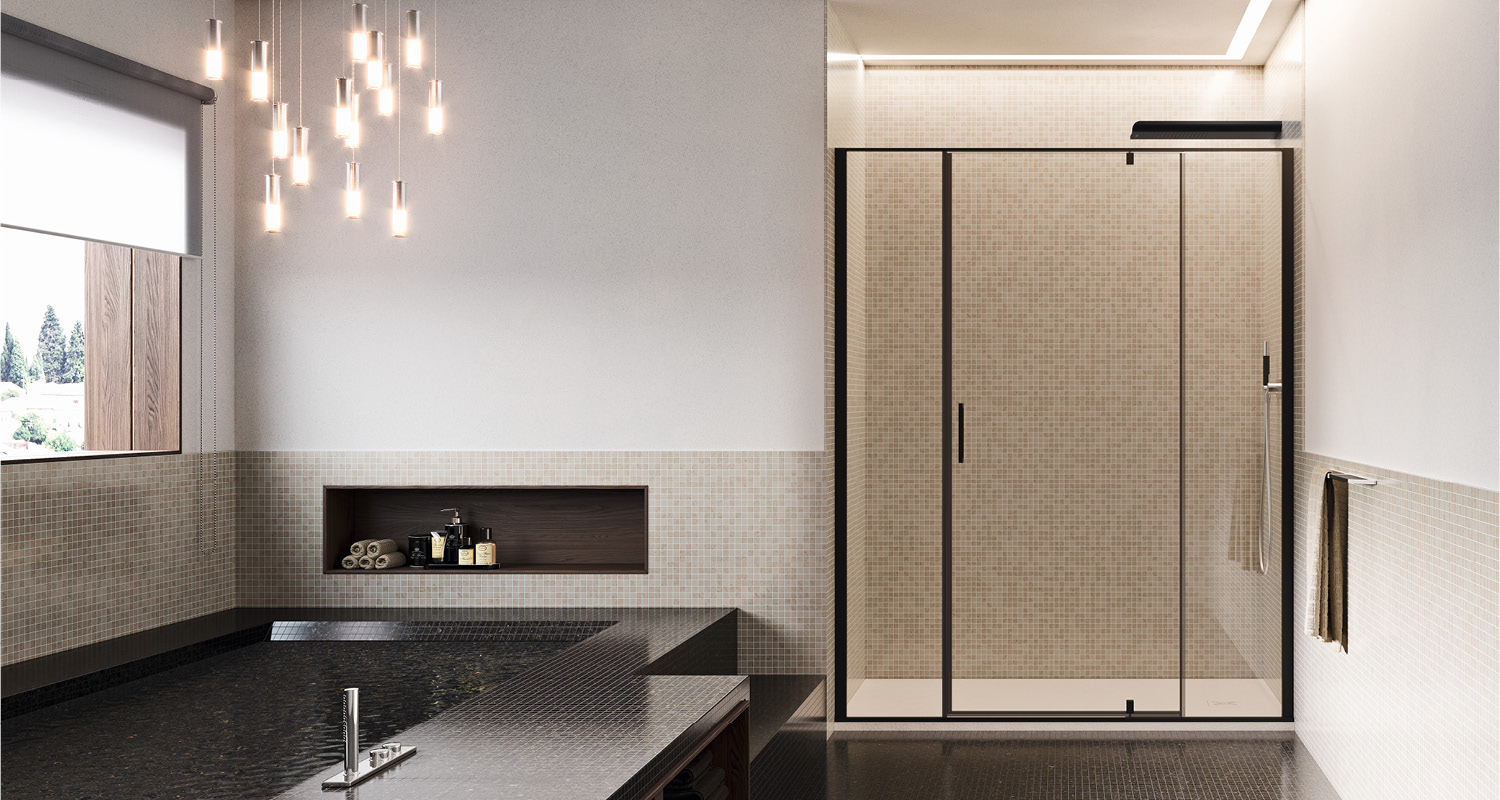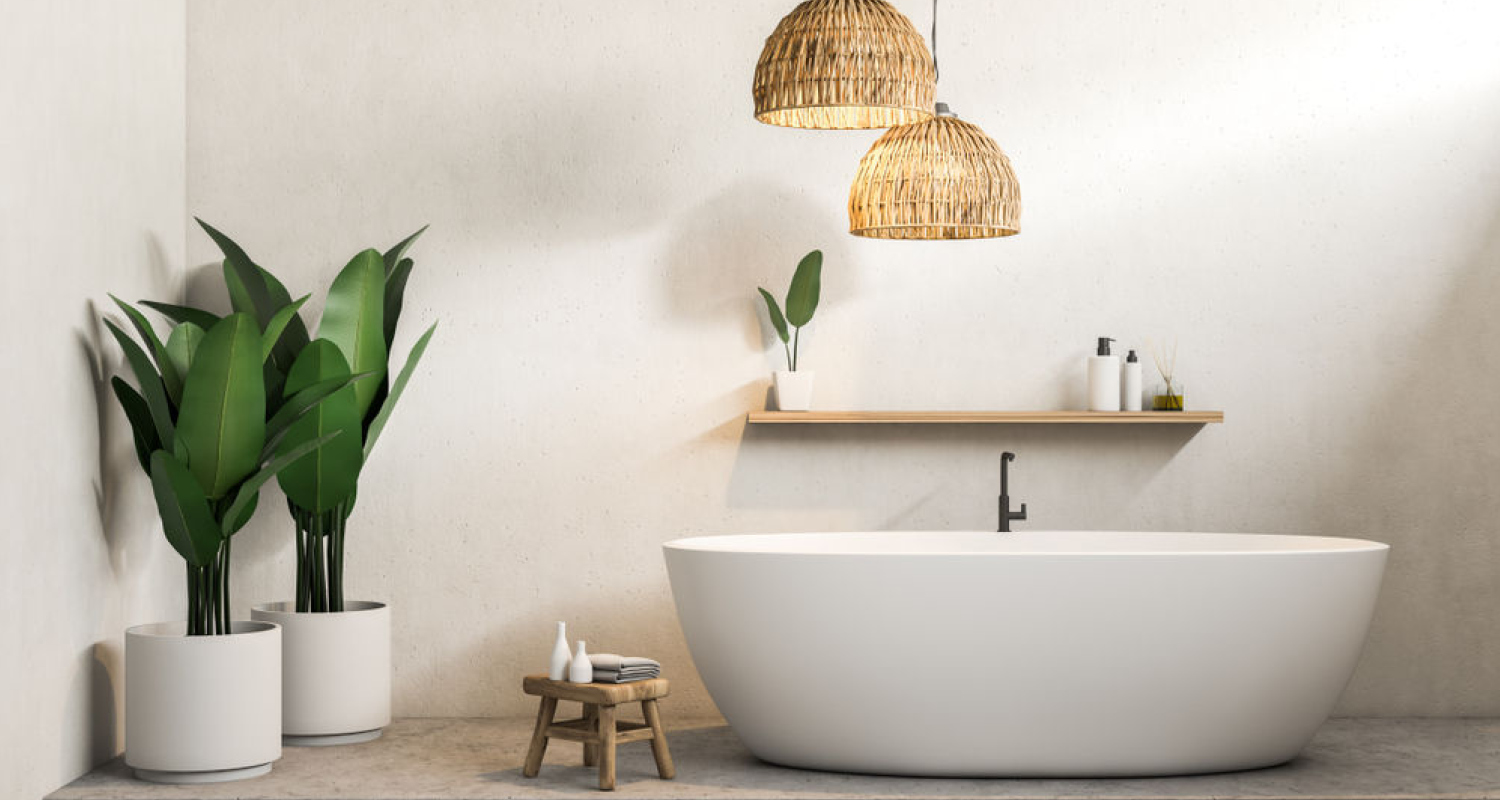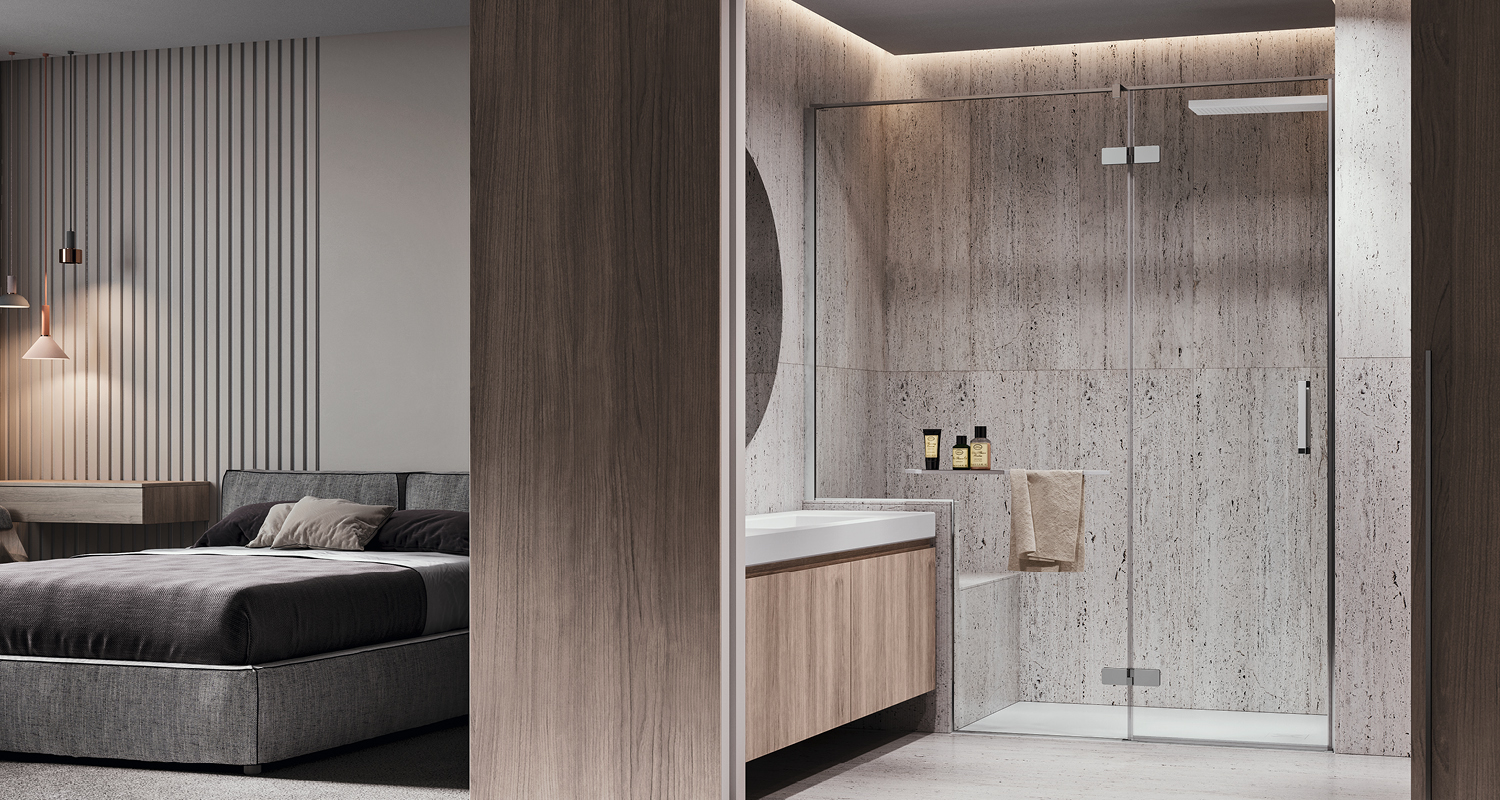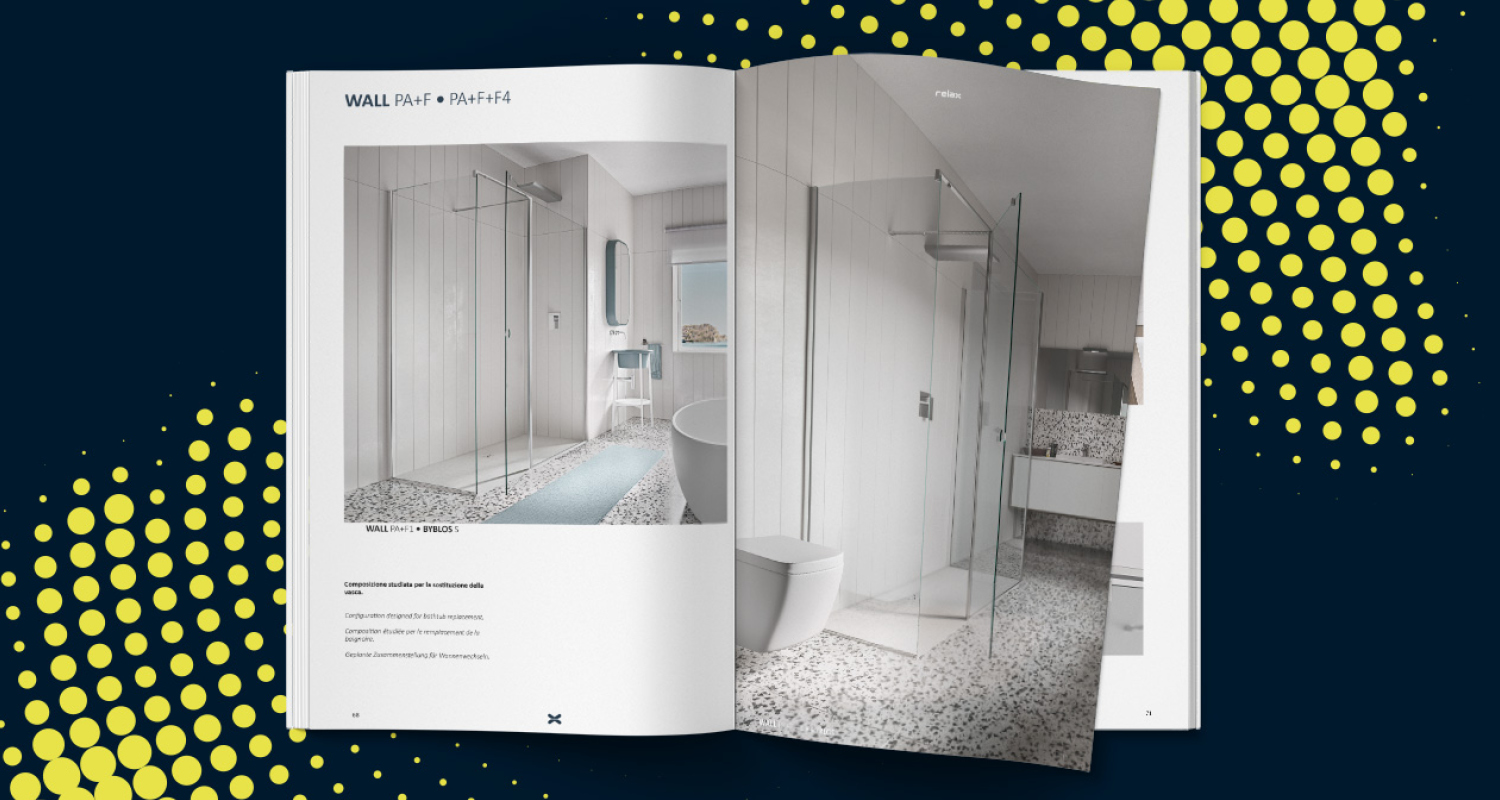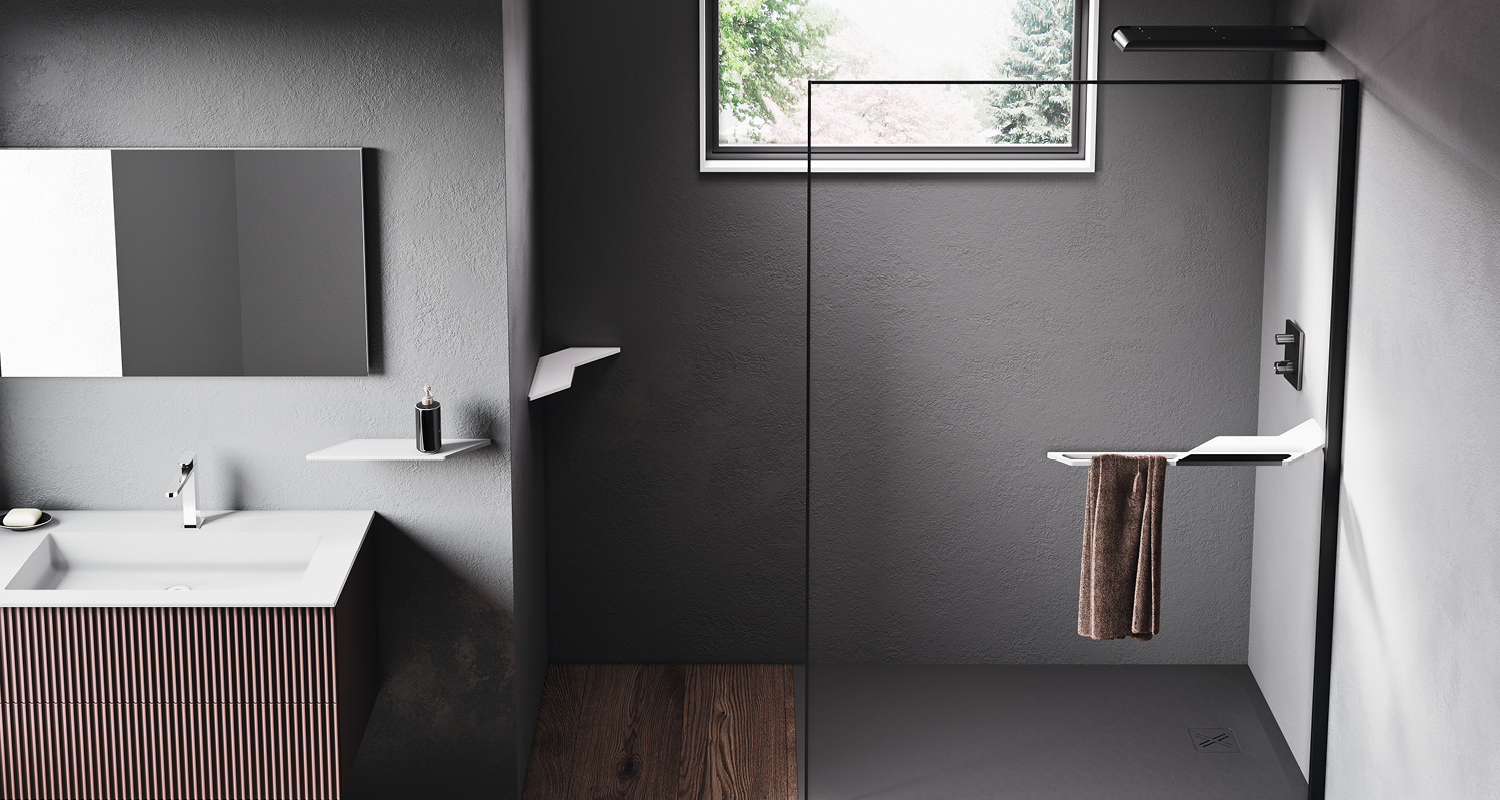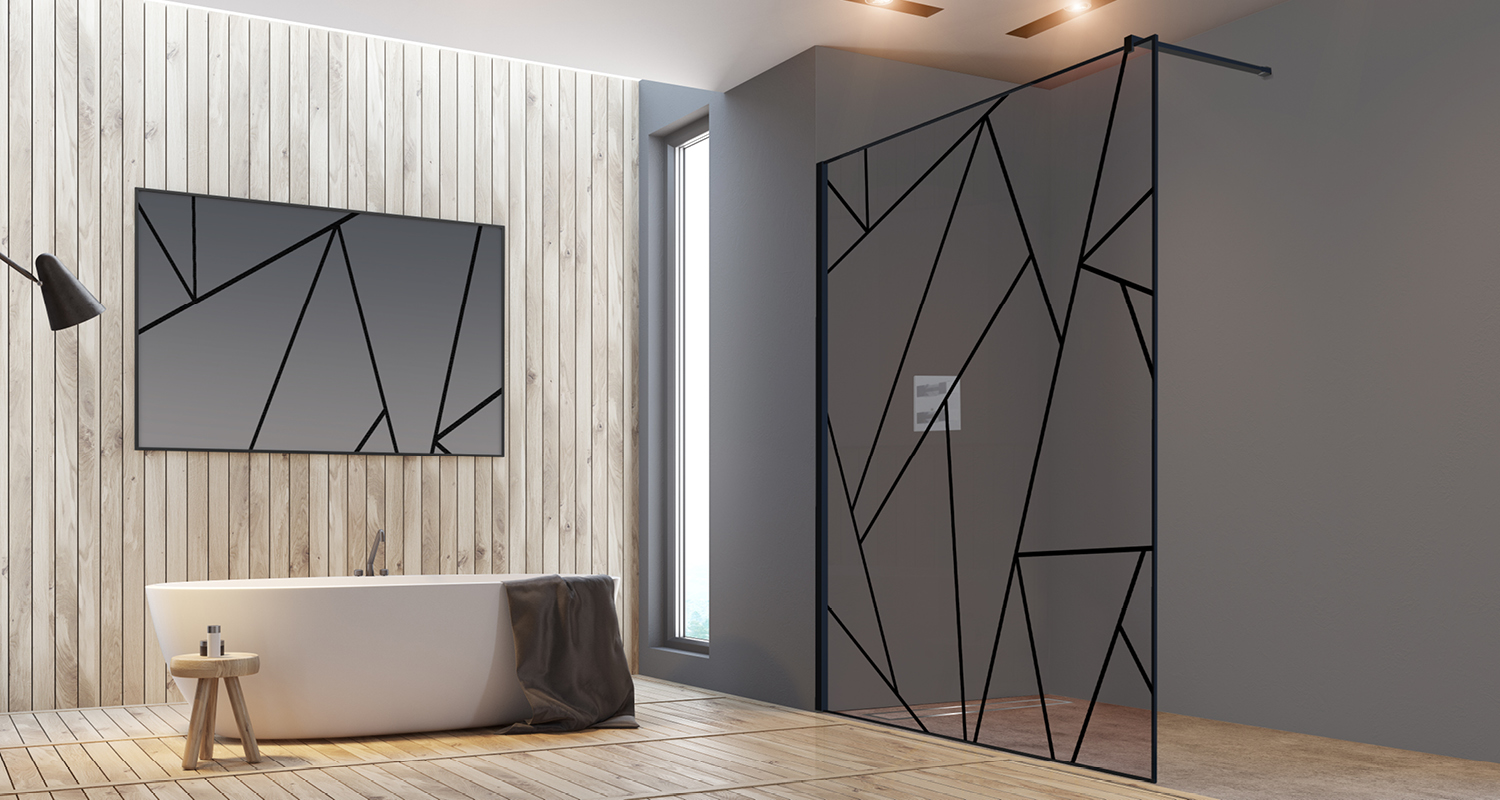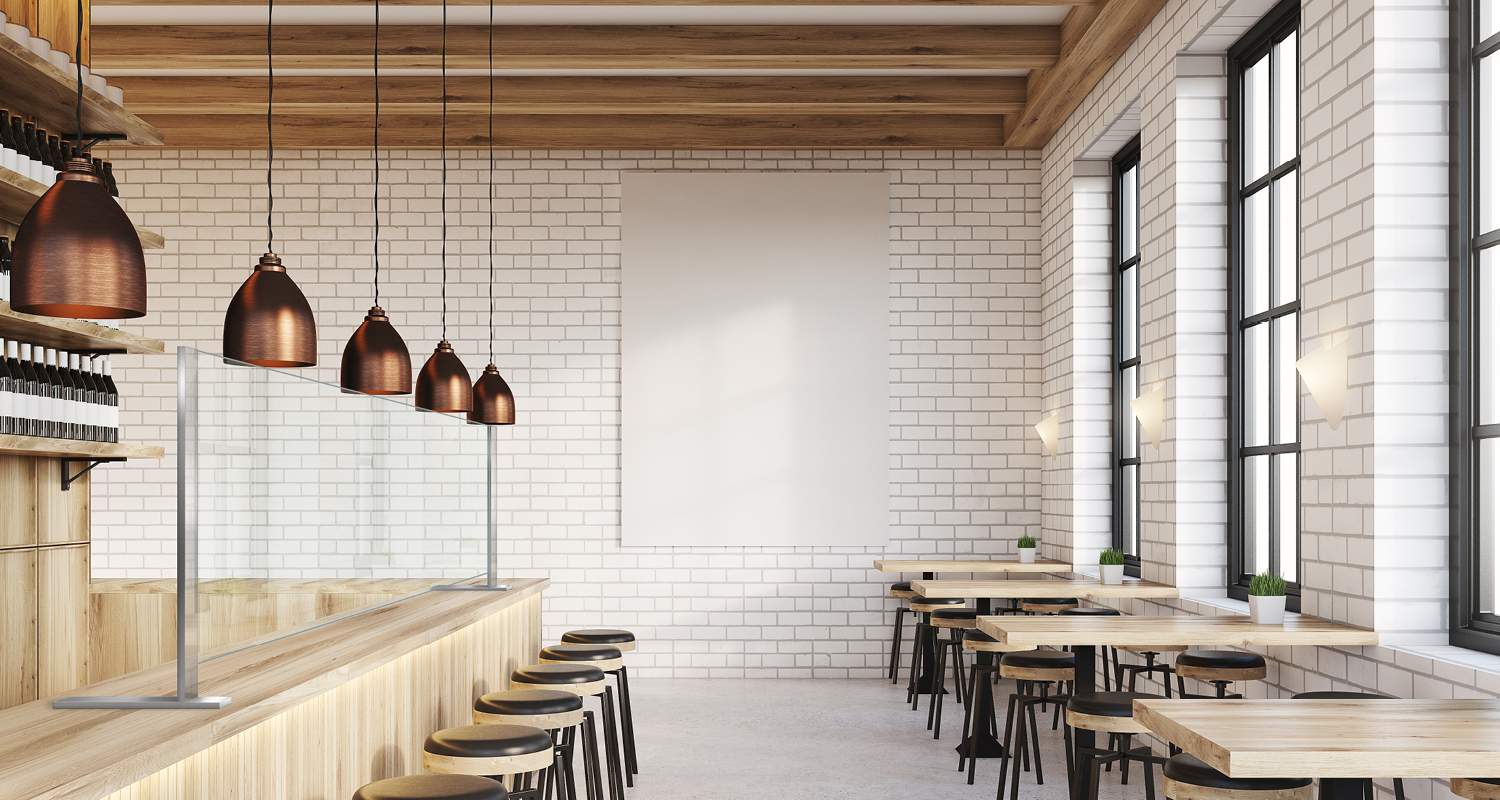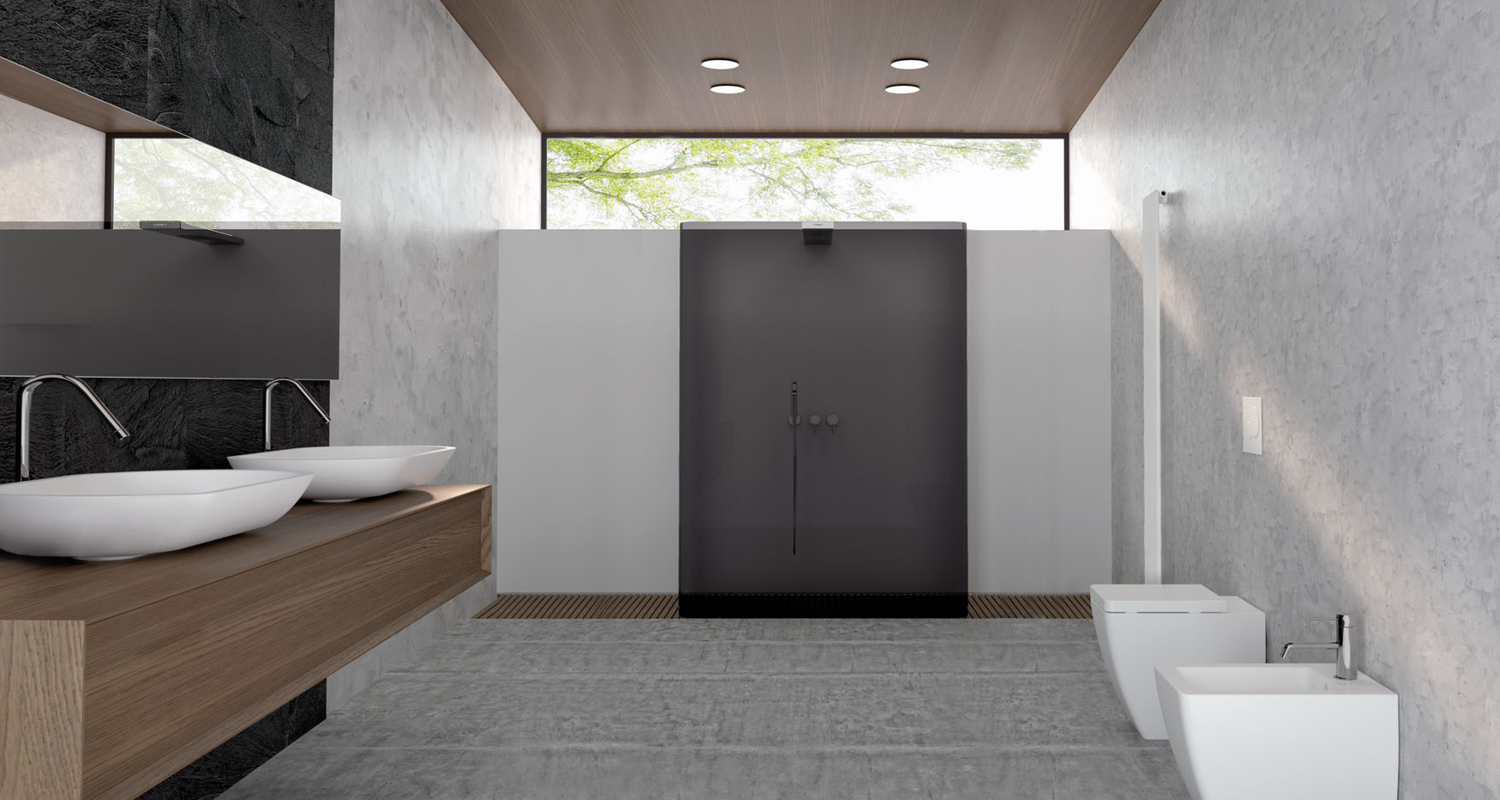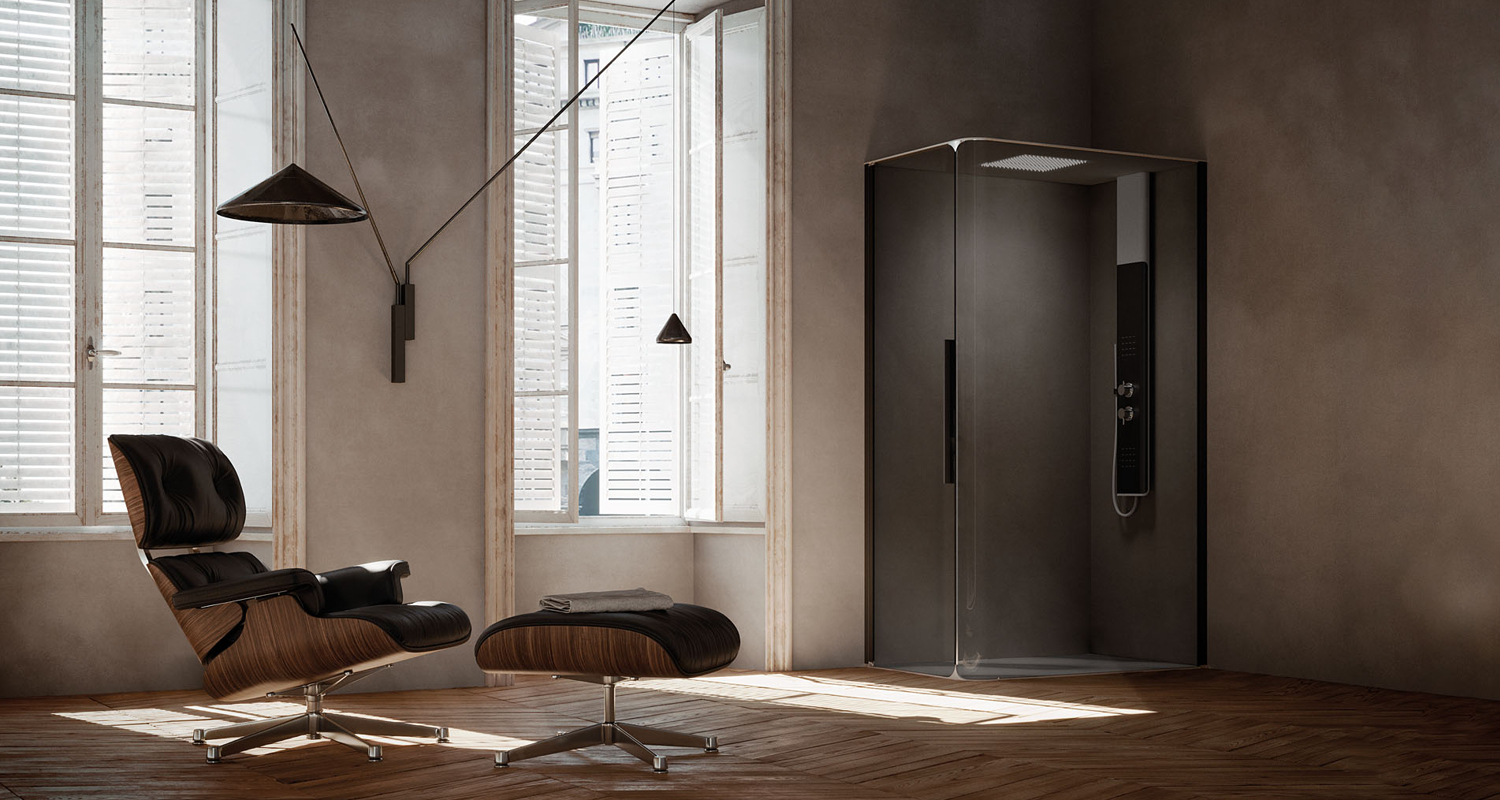The bathroom becomes a wellness area

Bathroom or wellness area? Over the years, the bathroom has evolved more and more, veering towards relaxation and health, moving away from its primary functions and dedicating itself more to well-being and personal care. Quiet and well-being in your home environment are now common and fundamental to recharge your energy, but what are the steps that have brought us closer to this new functionality?
The ancient Romans
The term “SPA” (commonly known as a wellness area) was born in Roman times, it is the acronym of the Latin phrase Salus Per Aquam , or “health through water”.
The ancient Romans, in fact, were for most of their history assiduous visitors to spas and spas, which swarmed and populated ancient Rome. In fact, since the Republican era, there are various spa facilities and sanitary facilities in the villas and households of the wealthiest class. The ancient Romans, therefore, also owned a wellness area at home.
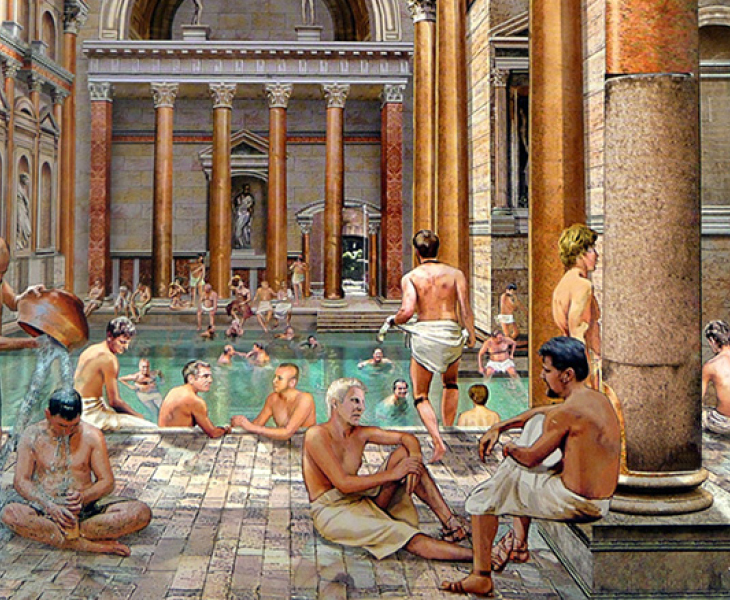
Romans at the baths
The nineteenth century, a period of transition
The evolution of the bathroom structure continued over the centuries, up to the gates of the nineteenth century, when the room used as a bathroom began to become a norm in the architecture of the time, especially among the highly available population. Here, the first dedicated furnishings began to appear, such as bathtubs and decorated furniture. It is at this precise moment that the concept of the bathroom as a wellness area approaches, in which it becomes an integral part of our daily life.
Subsequently, at the turn of the nineteenth and twentieth centuries, the bathroom enters to all intents and purposes into everyone’s lives, initially conceived as a purely functional place and then changing into a place of privacy and personal hygiene.
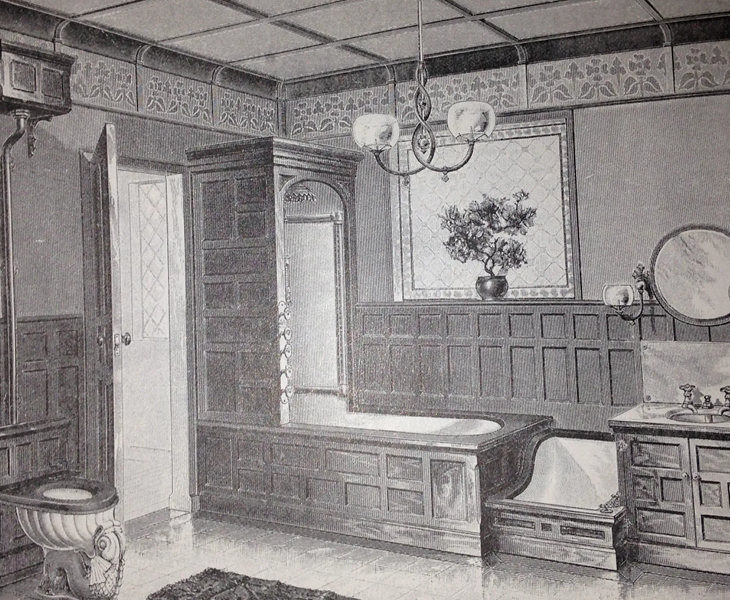
Victorian era bathroom
The advent of the twentieth century and the new modernity
With the development of modern technologies, during the twentieth century, the results are remarkable, surprising. Shower enclosures, tubs and accessories designed specifically for personal care are starting to arrive on the market.
Towards the end of the twentieth century, with a greater knowledge of the hydro-thermo-sanitary sector and an increasingly marked exaltation of the individual, solutions aimed at body care begin to flourish: the living spaces are redesigned and the functional approach is opens up to new elements, often “stolen” from the world of wellness areas and spas. shower enclosures are born and evolve rapidly, in step with the times and the houses that gradually shrink.
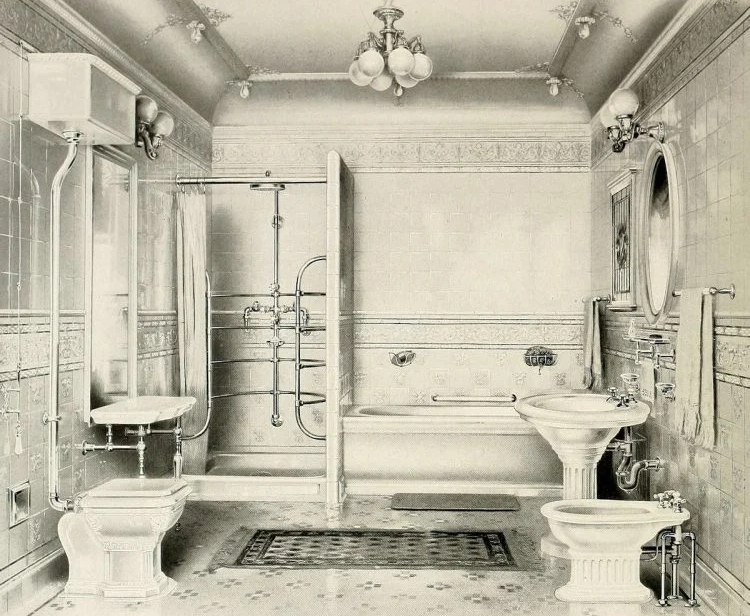
The Roaring Twenties
Creating a wellness area in your bathroom? You can!
Today, with a greater awareness of means and tools, these elements become central to our daily life. The shower boxes evolve and with them our bathroom, which becomes a real wellness area.
But what are the precautions that we can take to make the bathroom environment at home more relaxing and comfortable?
- Use soothing neutral colors for walls and furniture
- Make use of scented candles (let yourself be enchanted by the most exotic scents!)
- Use plants to decorate ( here and here our guides for decorating the bathroom with plants)
- Use a multifunction shower cabin or Turkish bath
- Use a heated towel rail
- If space permits, add a freestanding bathtub to the bathroom where you can relax in complete freedom
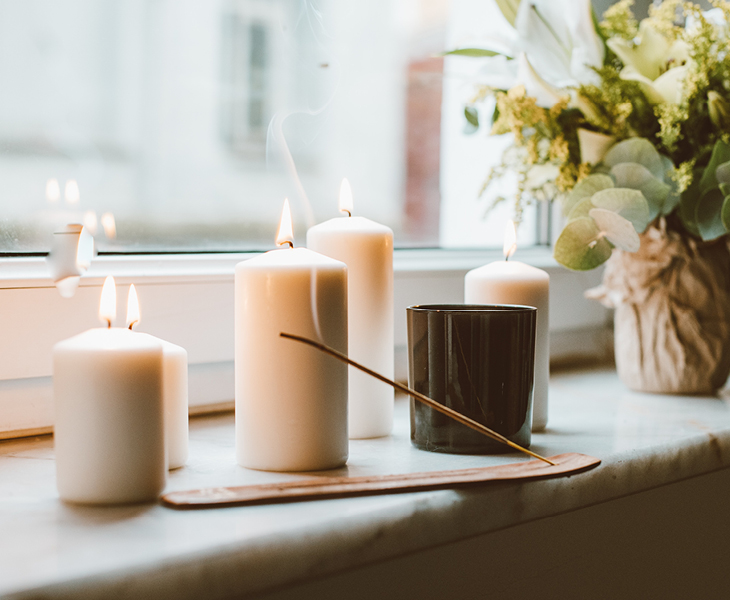
Relaxation starts with the little things
The bathroom becomes a wellness area: New horizons and possibilities
Wellness and personal care evolve. Thanks to which technologies? We show you the two simplest and most immediate solutions to elevate your bathroom to a real spa.
Chromotherapy
What does chromotherapy consist of? Considered for millennia one of the most effective and least invasive therapeutic methods for recovering strength, energy and treating stress, it is a technique capable of exploiting the harmony of colors to bring numerous health benefits.
It is well known how light is capable of resolving many moods and making us regain psycho-physical well-being, also favoring some natural processes such as the spontaneous healing of our body.
So why not add chromotherapy to your bathroom / spa?
Turkish bath
The origin of the Turkish bath is ancient and rooted in the Mediterranean peoples. Greeks, Egyptians and Romans immediately discovered the beneficial properties of a treatment like this. The invigorating and relaxing effect of a Turkish bath has few rivals in the world of wellness.
Thanks to the effect of heat, in fact, the benefits we can derive from it are many, among these we find the spontaneous dilation of blood vessels (which greatly favors circulation) and a purification and cleaning of the skin (thanks to the effect of steam) that they will make you feel younger after just 20 minutes of sitting.
At what temperatures is a Turkish bath performed?
There are usually two temperatures: one at the level of the feet ranging from 20 to 25 ° C and one at a higher level, including the torso and head, with temperatures that tend to double, reaching almost 50 ° C.

Shower enclosure for the Turkish bath, Steam
